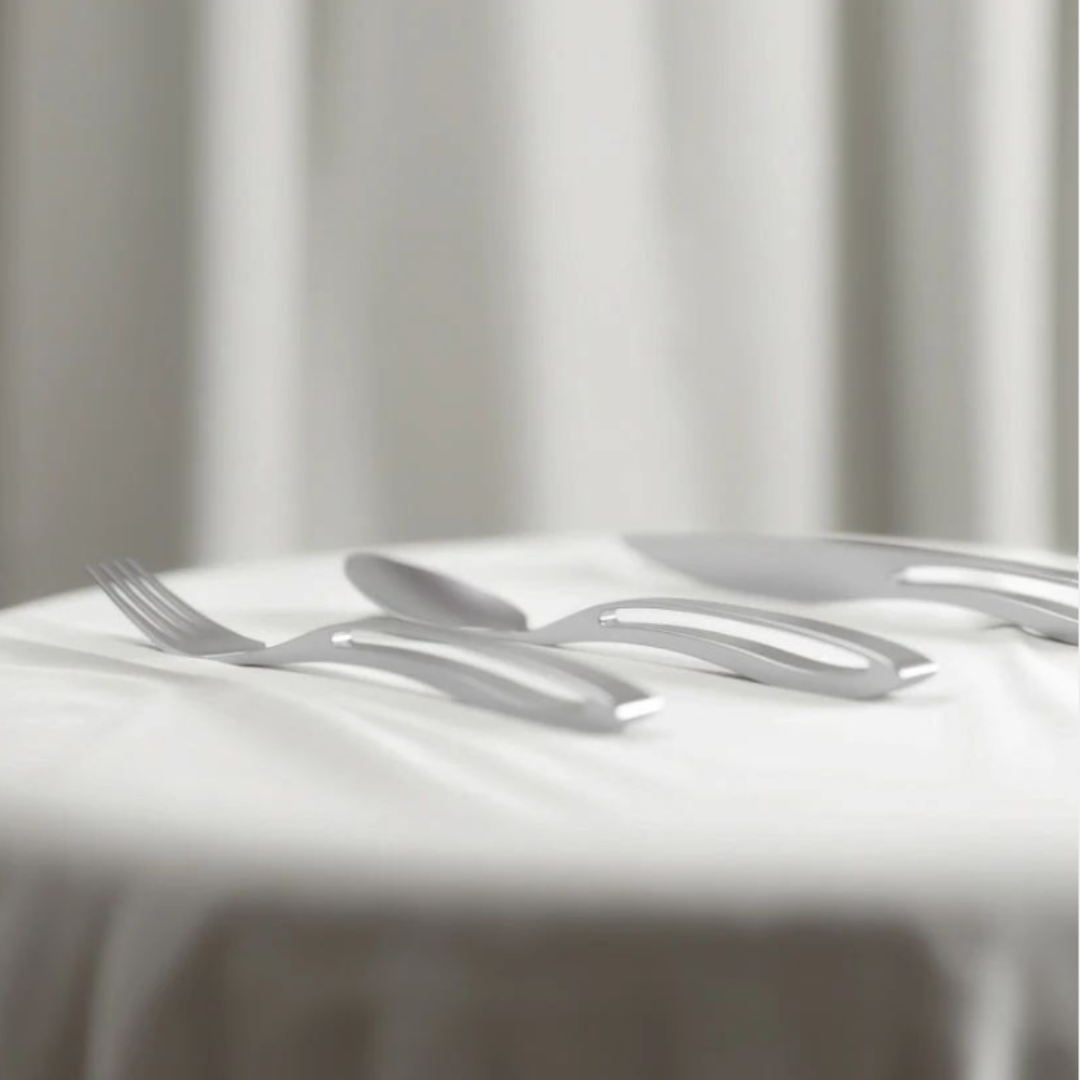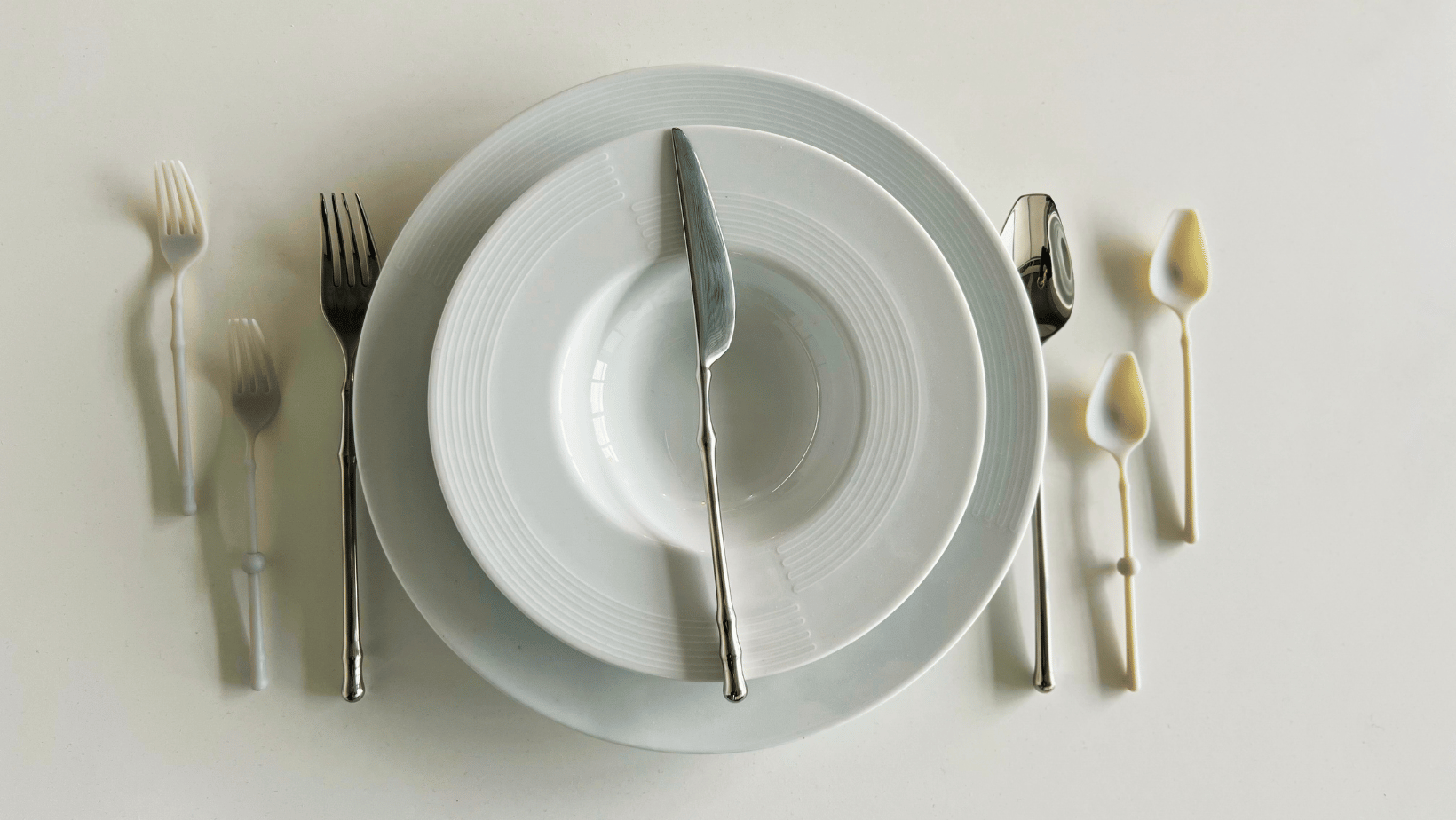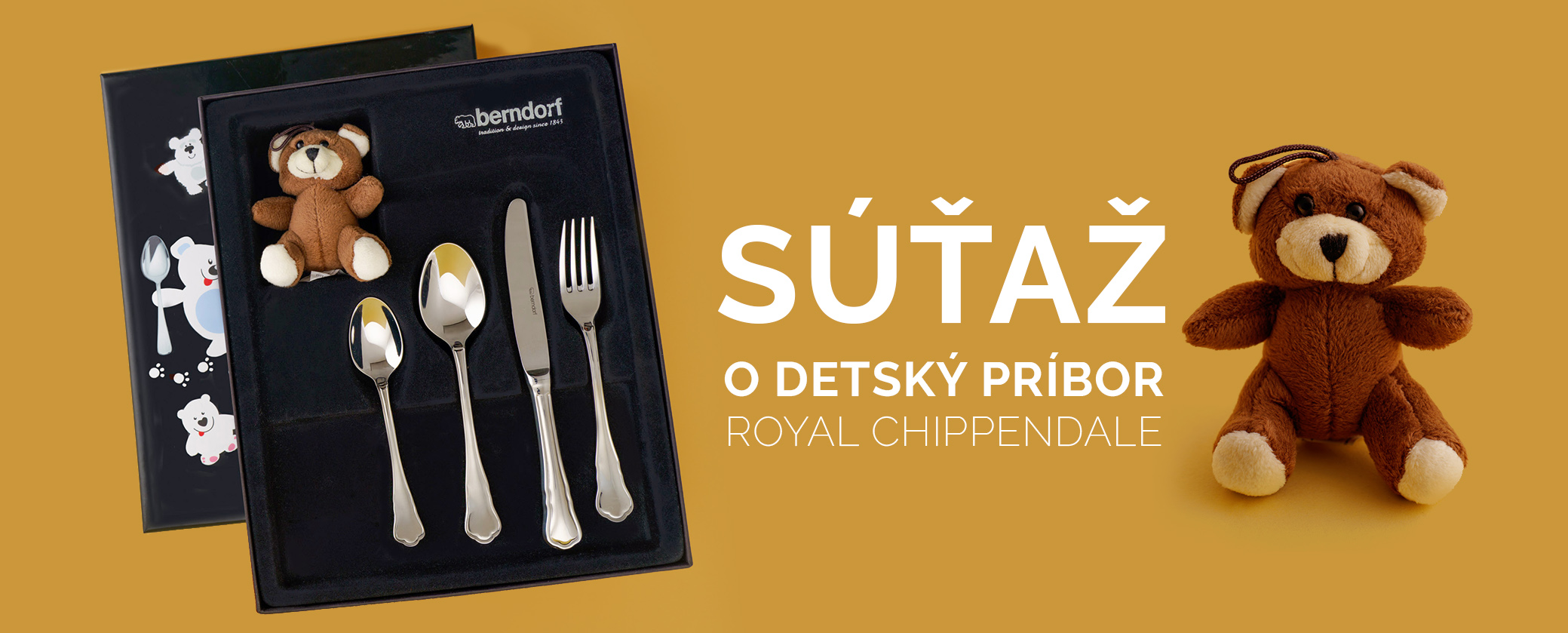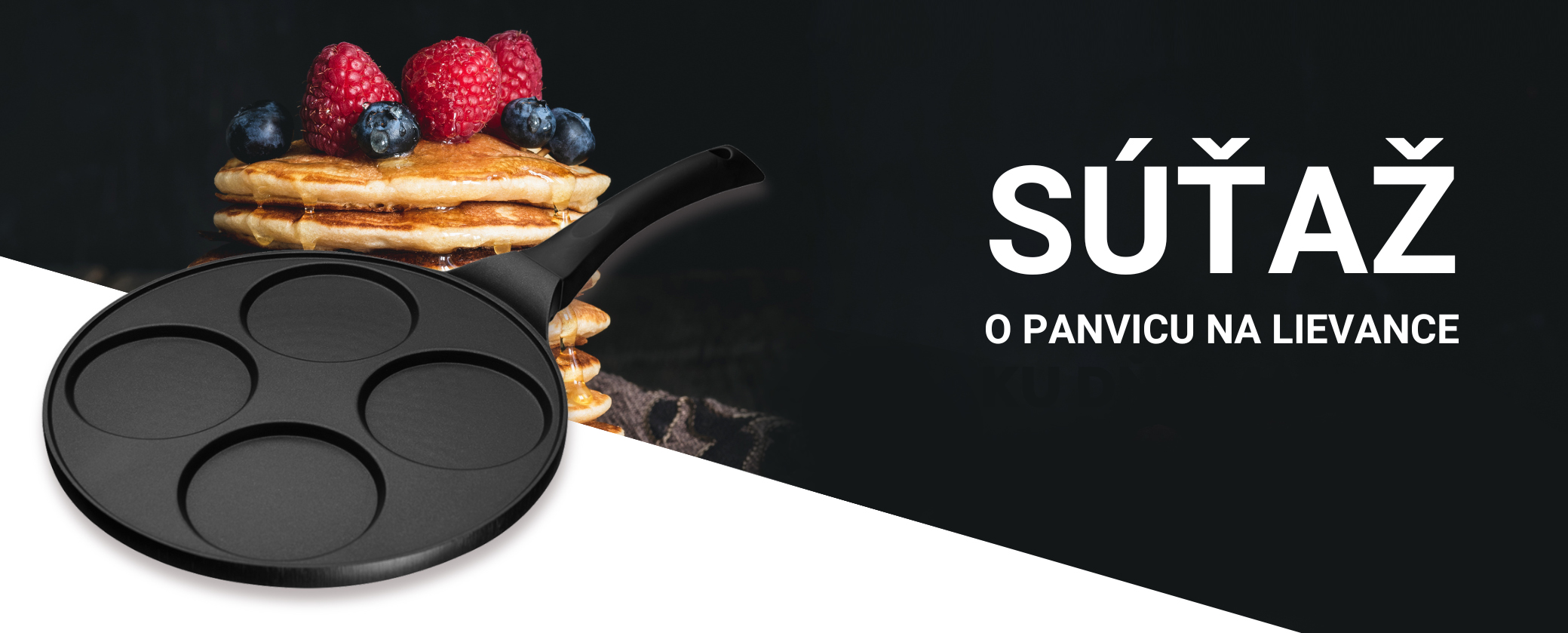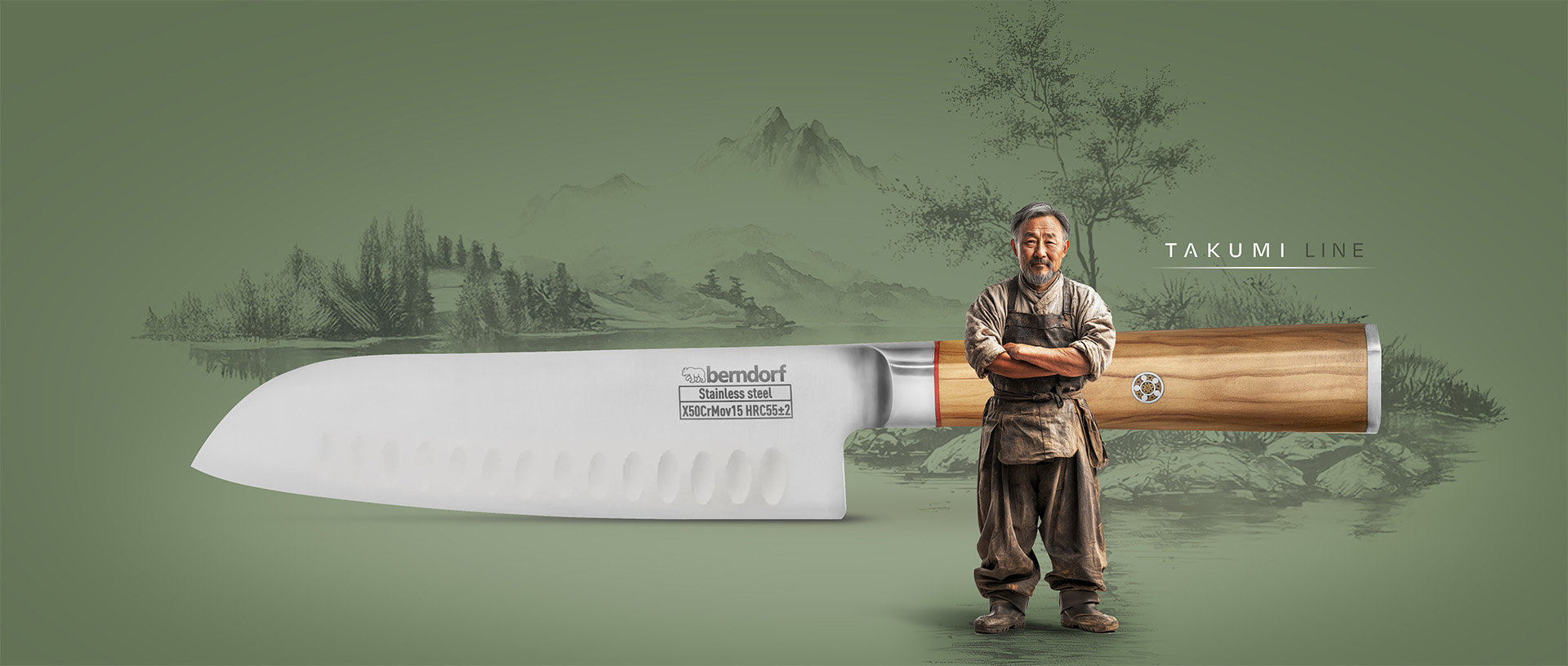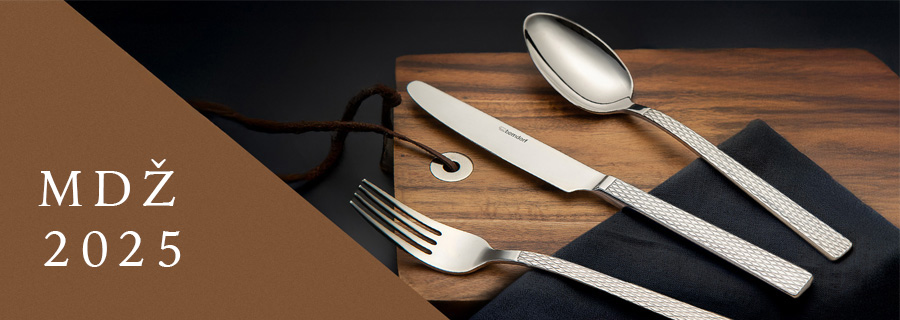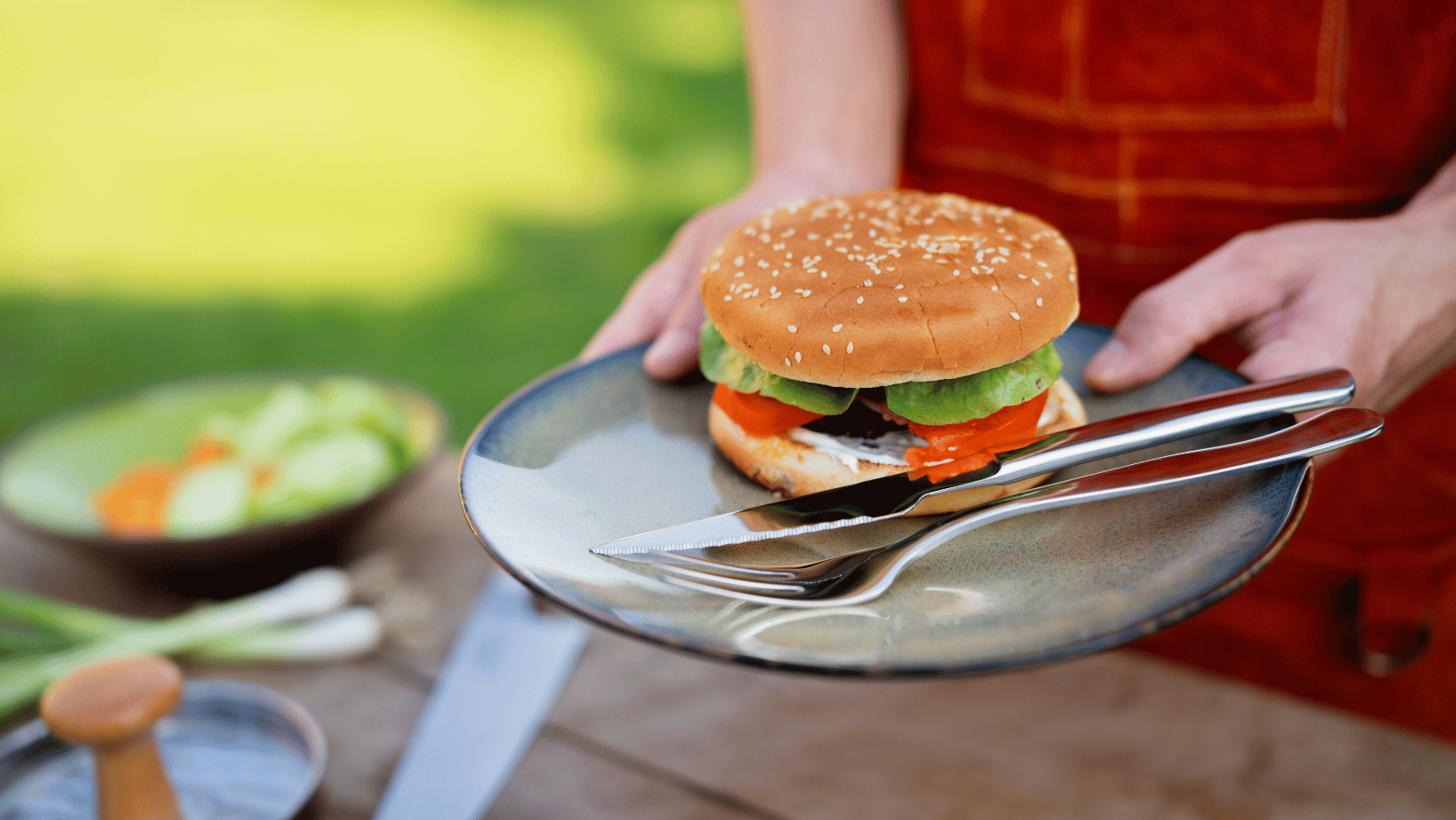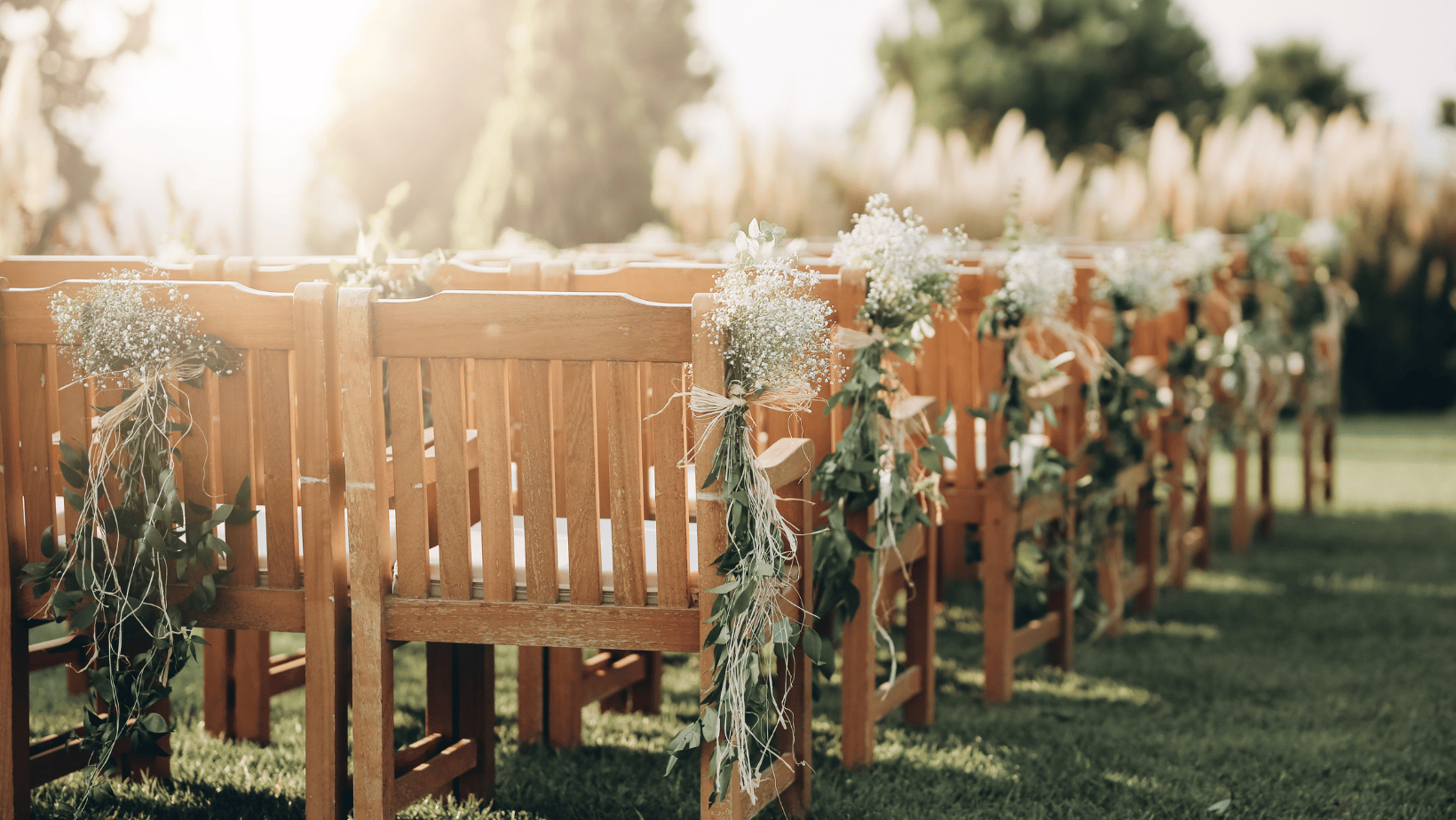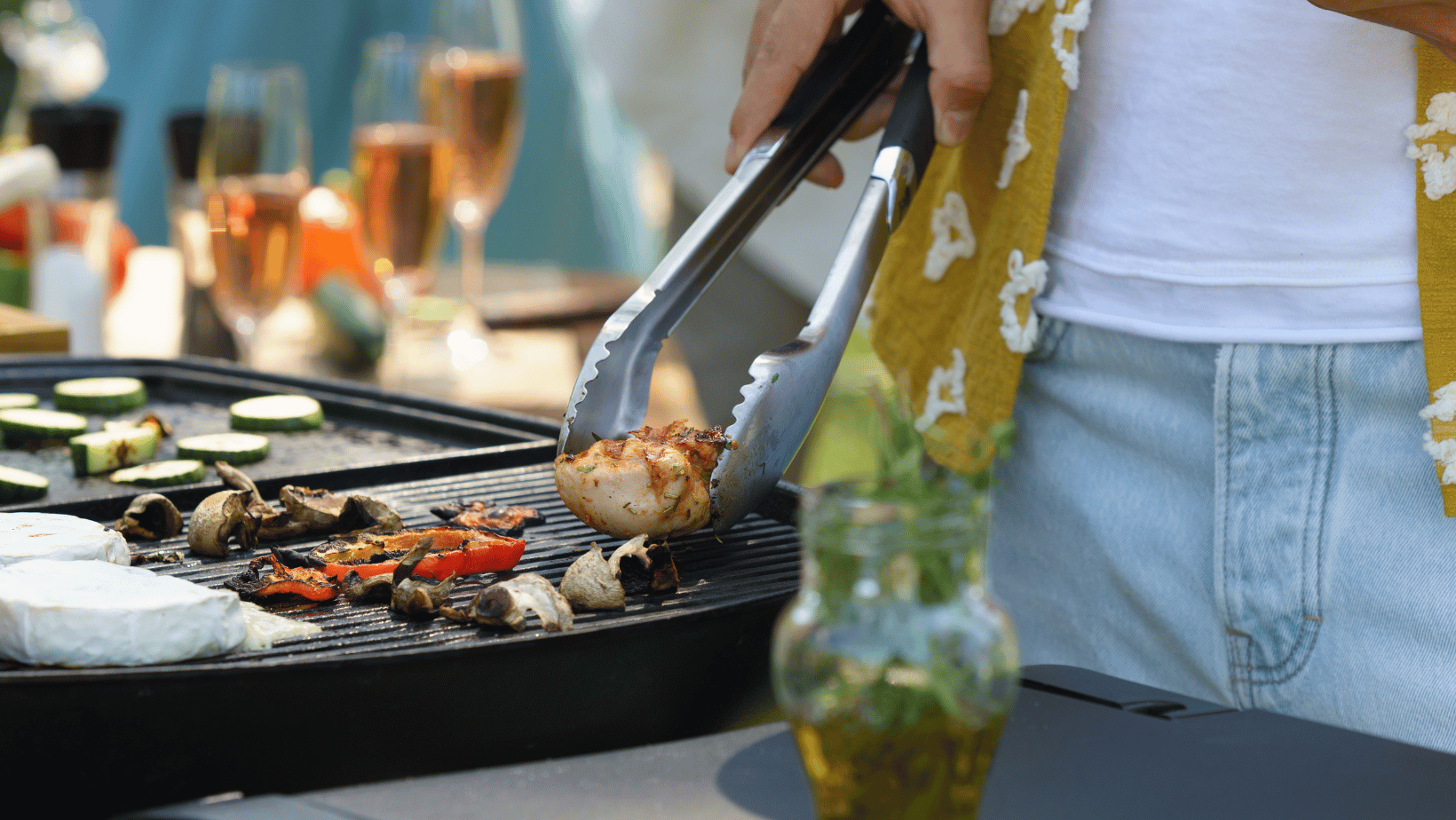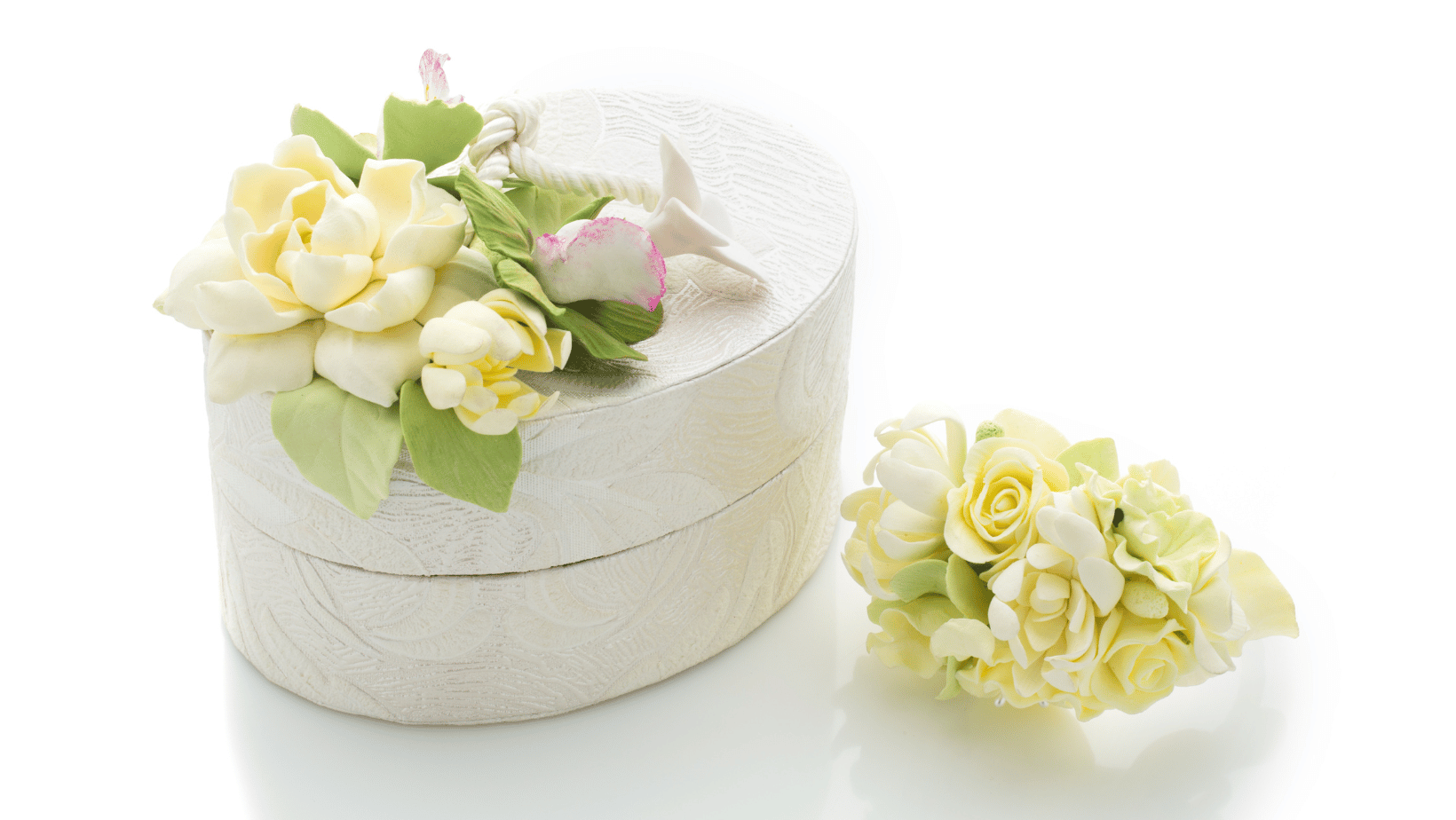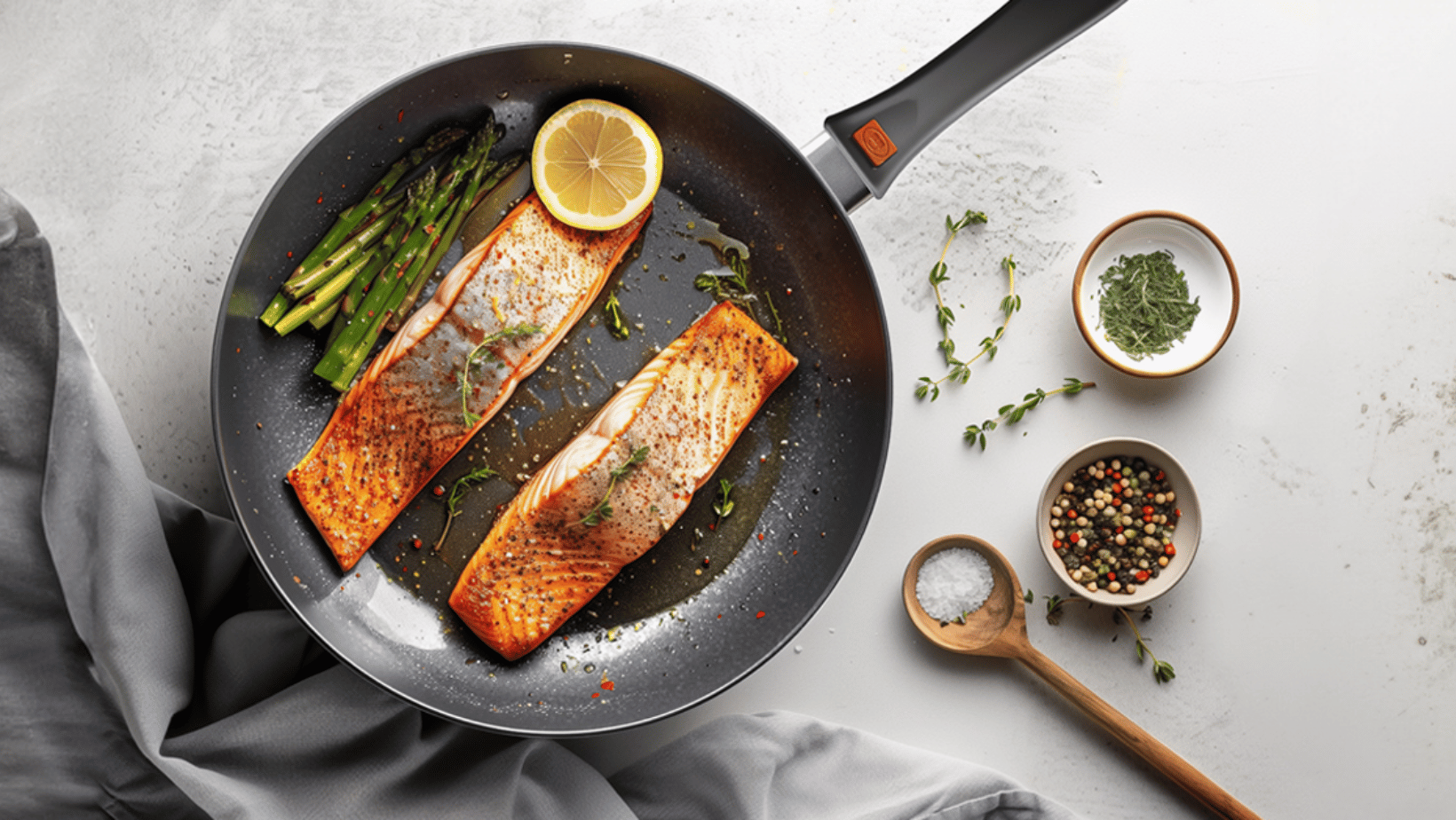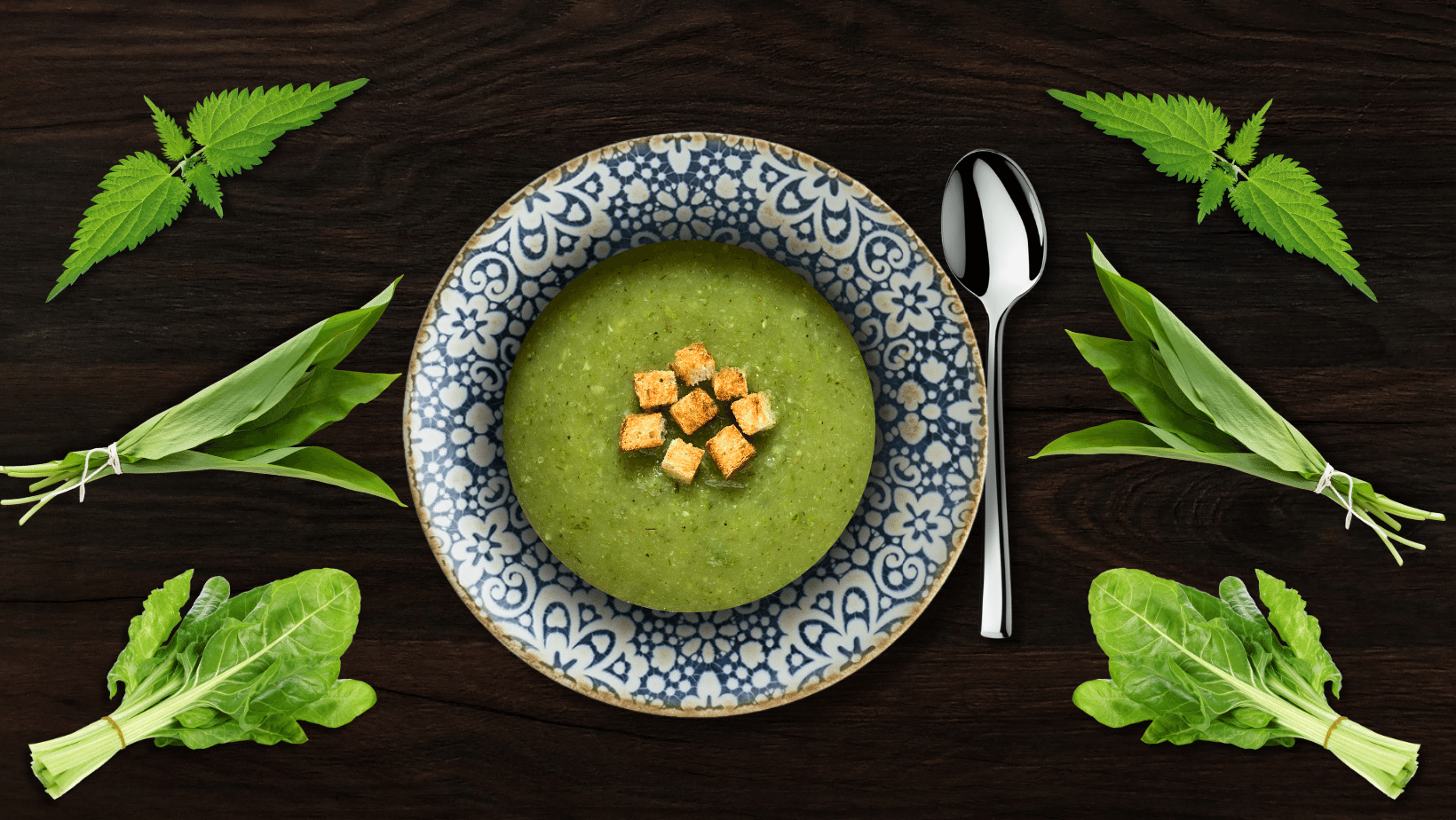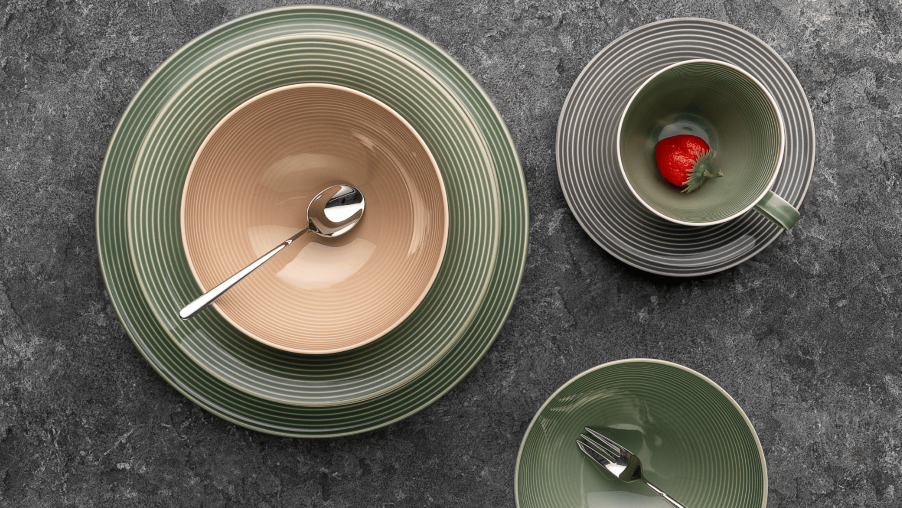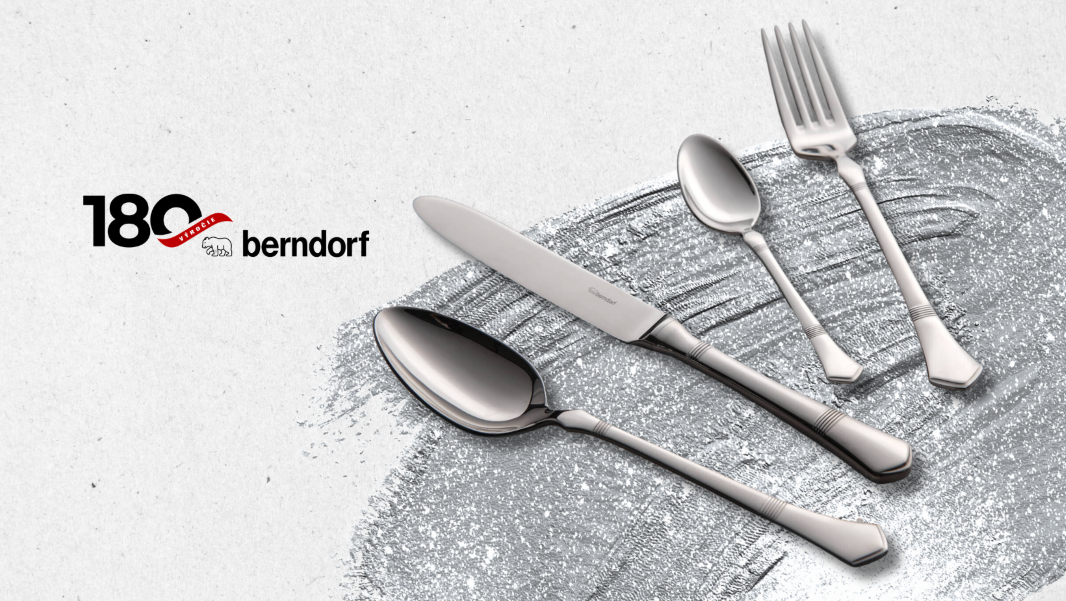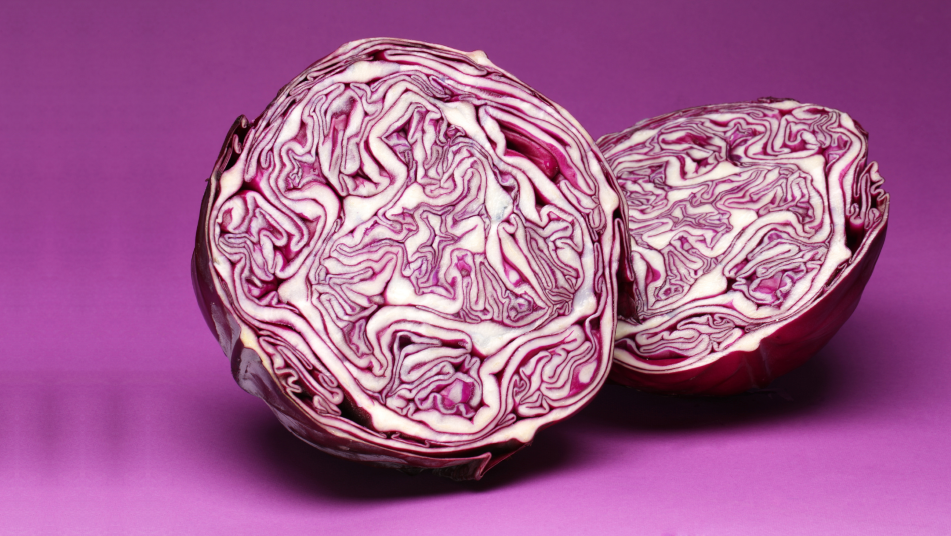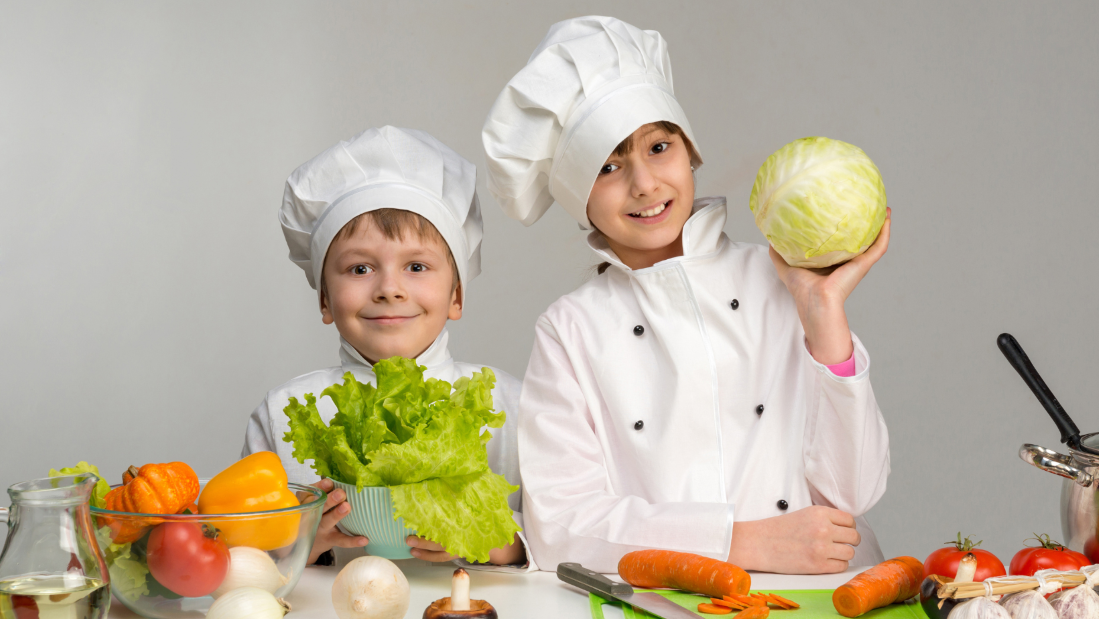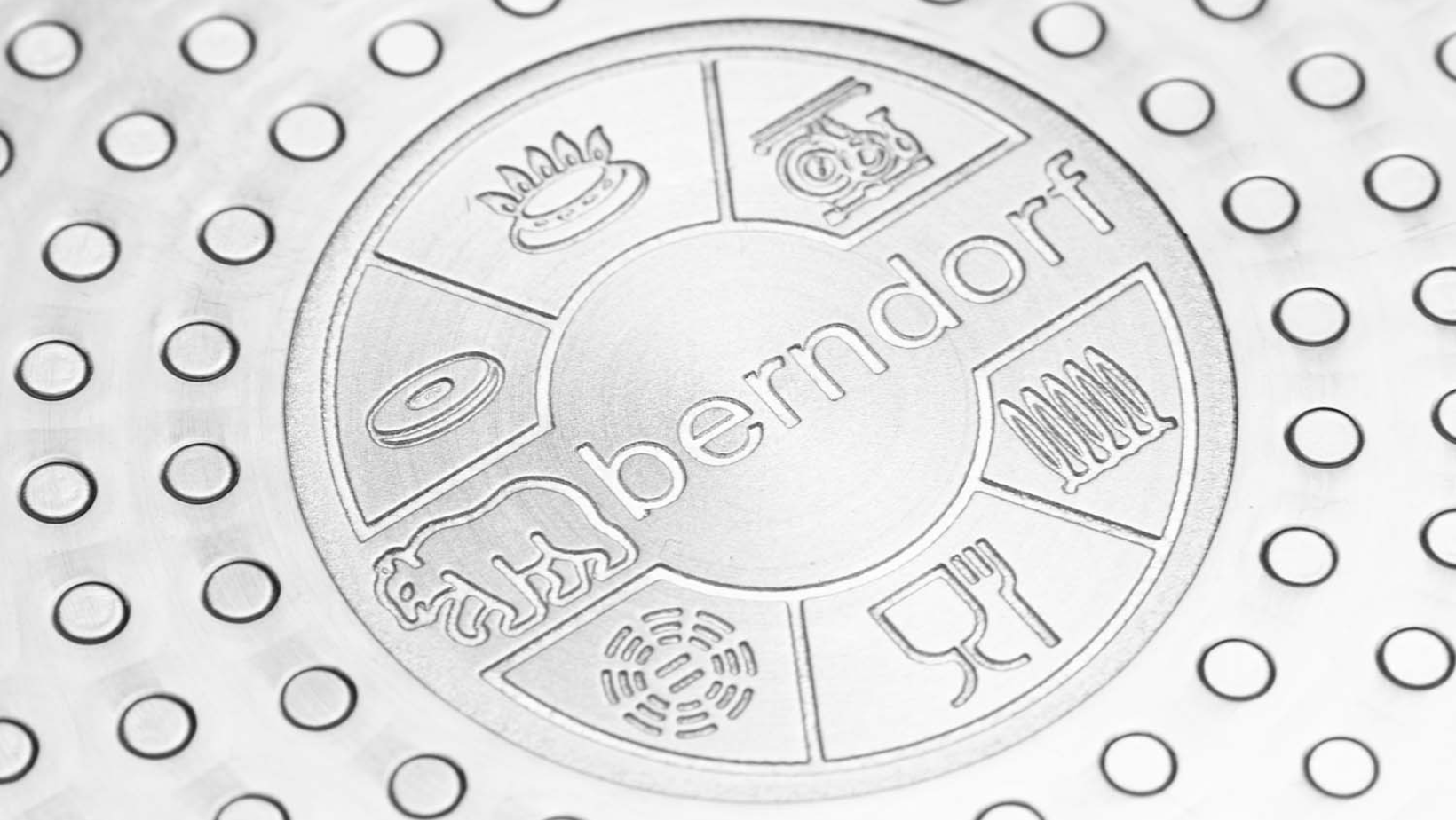One would think that everything in cutlery design has been invented. But the opposite is true. Just combine the enthusiasm of young, creative people with modern and innovative production technology and the positive result will not be long in coming. At the beginning of last year, the students of the Industrial Design Studio of the Academy of Fine Arts began their cooperation with Berndorf Sandrik. The results of the joint work were beyond expectations. The nomination for the best product design in the National Design Award 2023 or the 2nd place in the KOLABO 2023 original design competition is the tip of the iceberg.
How it all went
Students of the Industrial Design Studio at the Academy of Fine Arts, led by Associate Professor Chrenko, were given the task of designing a cutlery that could be manufactured using 3D metal printing technology. In this context, a collaboration was established with Berndorf Sandrik, a company that has a 180-year tradition in cutlery production and actively wants to create the future of this industry.
The initial designs were first "shot" by the students in the form of prototypes. These were redrawn into a visualisation for 3d printing and then printed on a stereolithographic 3d printer.
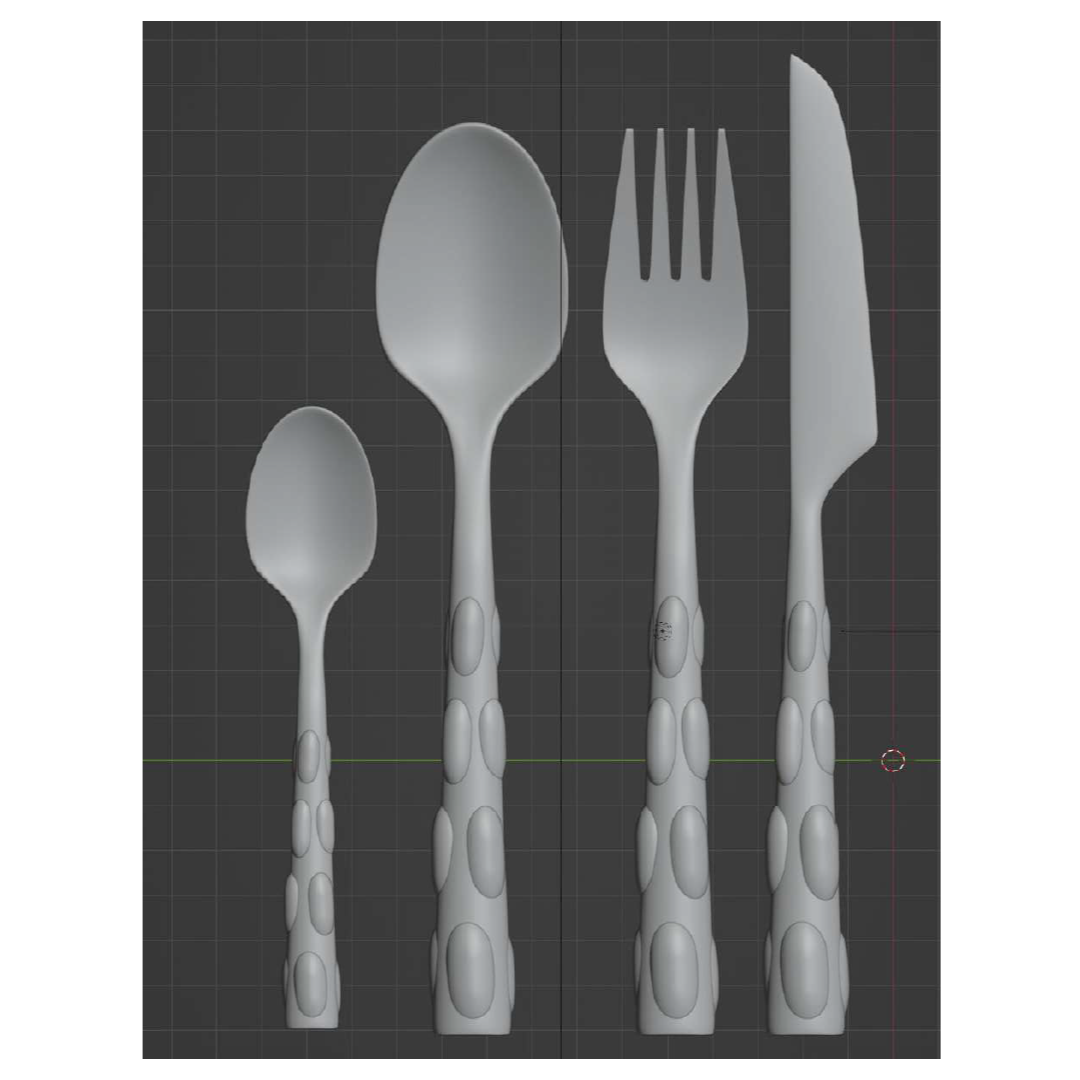
Visualisation of cutlery designed for 3d printing - by Viktória Fehérová
Resins or synthetic resins are used for printing in this printer. These are liquid plastics that are cured using UV light. This technology makes it possible to produce components with high surface quality and attention to detail. By the way, it was Berndorf Sandrik who donated 4 of these 3d printers to the Industrial Design Studio at the VŠVU.
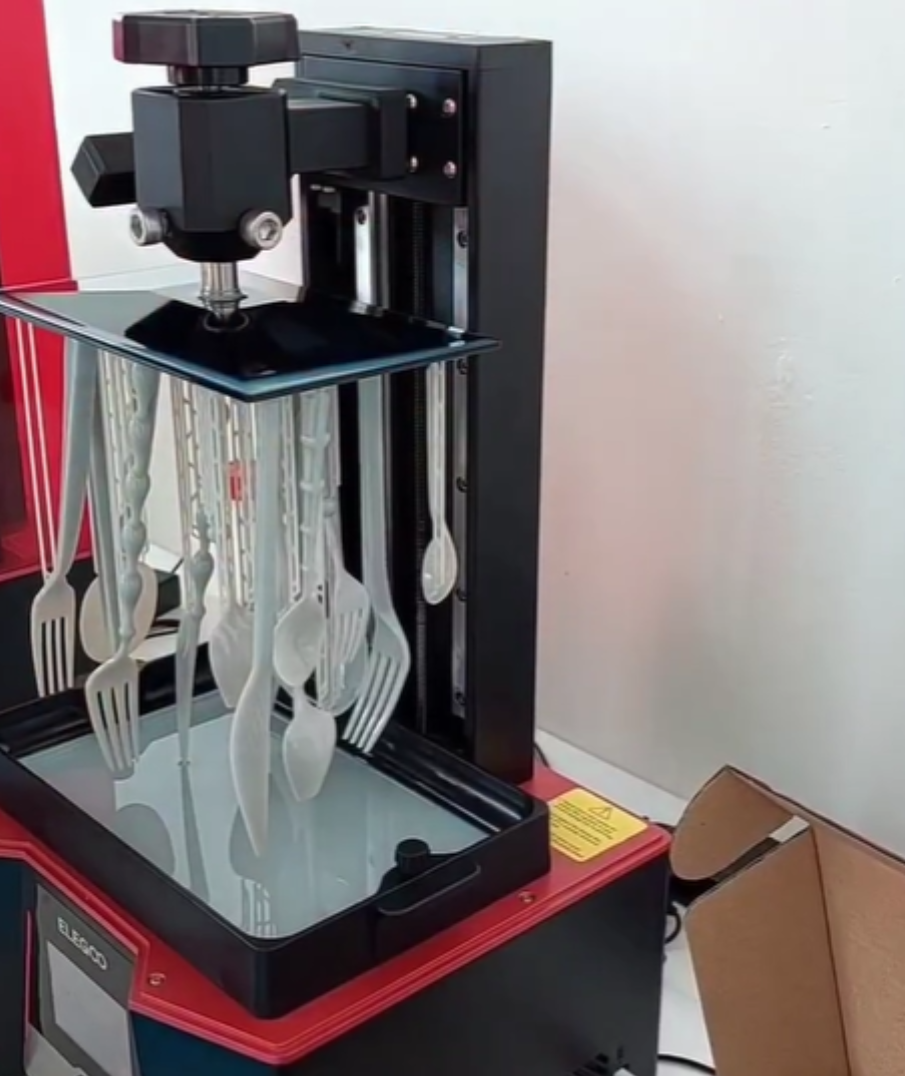
Cutlery printed on a stereolithographic 3d printer
Later, consultations with Printy.me about 3d printing on metal began. First samples were tested, details were fine-tuned.
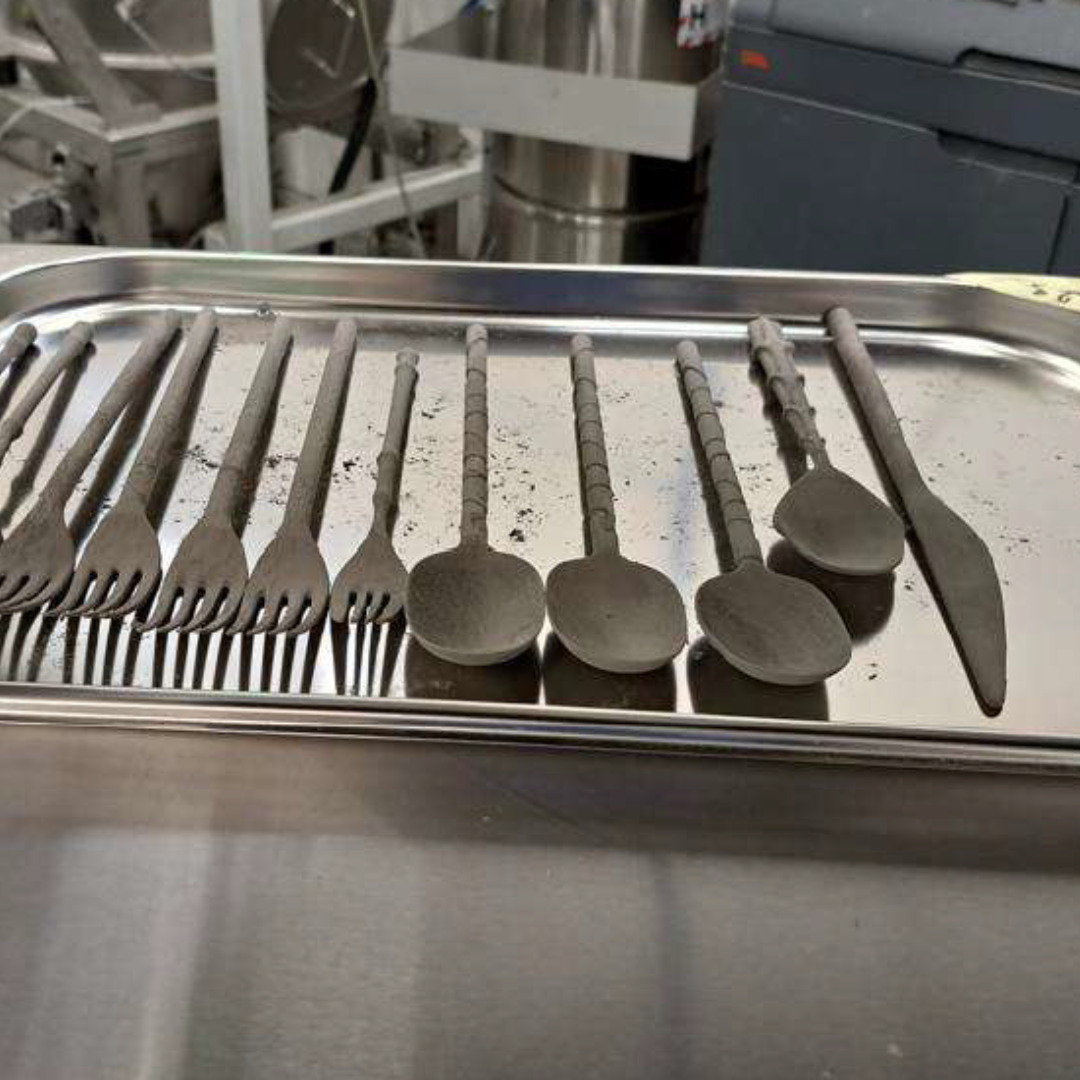
Metal prints on 3d printerPrinty.me
The printed cutlery needed to be given the necessary shine. The entire post-processing was under the auspices of Berndorf Sandrik. Thanks to the finishing, the cutlery was given a shine and appearance similar to chrome nickel cutlery.
3D metal printing is a technology that is innovative in the field of cutlery creation and allows a new approach towards the design itself and its functions.
Inspirations for cutlery design are all around us
It is fascinating what all the students have been able to take inspiration from when designing their cutlery design. Nature, the Eiffel Tower, sound, stone, water, feathers, tree branches, all were the source of the initial idea they started from.
"I thought you had to go to Italy to get the design, but today I found out that it's only an hour away from Vienna," Wolfgang Hobl, CEO of Berndorf Austria, enthusiastically exclaimed at the Open Day at the Atelier Industrial Design, which took place 10-12 May 2023 at the Academy of Fine Arts in Bratislava.
In addition to design, the emphasis also on functionality
Some focused on ergonomics, so that the cutlery fits well in the hand, or so that nothing slips or slides around in the hand. A very interesting piece is the stackable cutlery set, which is ideal for catering or airline companies.
The cutlery should also be functional in that it offers several options for setting on the table. And so the project has also created cutlery that can, for example, be stood up vertically. The prototypes also include knives that can be laid blade up. The idea behind this is also the fact that contamination of surfaces is eliminated in this way.
As you can see, even in such details there is originality and uniqueness.
Playfulness is also an important element
Among the cutlery prototypes presented, there were also playful cutlery that could be whistled on. Some, for example, had a sliding ball that could be played with while chatting over coffee. Others had a handle made up of "knuckles" pressed on top of each other, which allowed the handle to be rotated and moved when pushed.
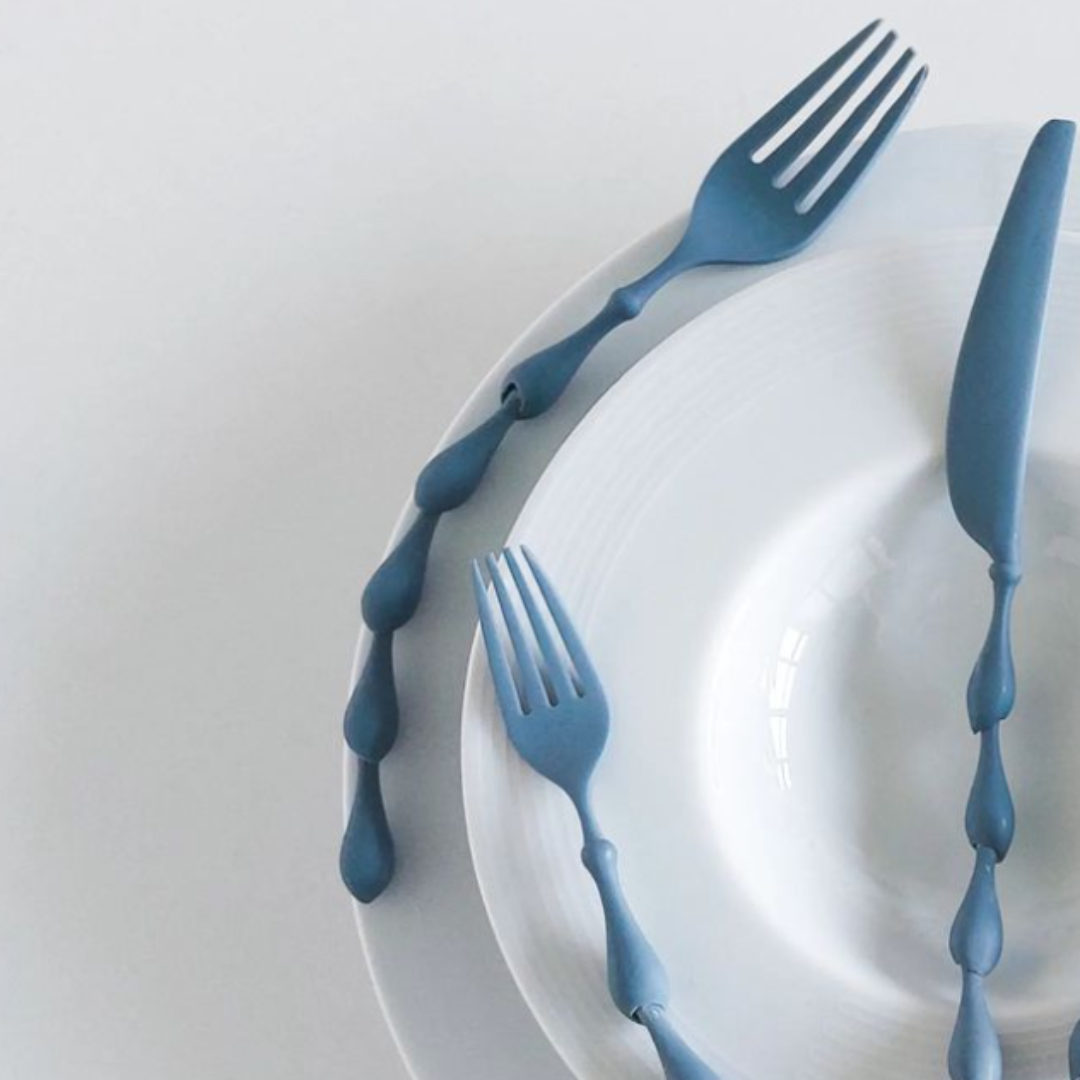
Cutlery as an experiment with emphasis on design, not functionality - by Beata Juritková
Cutlery awarded by an expert jury
All the cutlery was extremely innovative and, apart from design, it was also practical and very functional. However, two cutlery pieces took it even further.
The TERRA cutlery by Zuzana Kasanova was nominated in the 20th National Design Award 2023. An international jury of renowned experts carefully judged each piece according to important criteria such as originality, aesthetics, functionality, technical maturity and sustainability. The TERRA cutlery was also selected for the Student Design category and although it did not win the category, it is an achievement to be nominated among the top 5 nominations in such a high quality competition.
More about the TERRA cutlery in the words of the author Zuzana Kasanova:
The design brings to the table not only function, but also a haptic and aesthetic experience. Different surface textures, including stone, costumes or plaster buildings are intimately captured thanks to RTI (Reflectance Transformation Imaging). The structure is variable and the individual parts stackable. The cutlery is an object that captures the value of an area or culture. It evokes feelings connected to the environment and the landscape in the user*, contributing to a deeper connection between the person and the values. The model is created using alternate resin printing technology with a high level of detail.
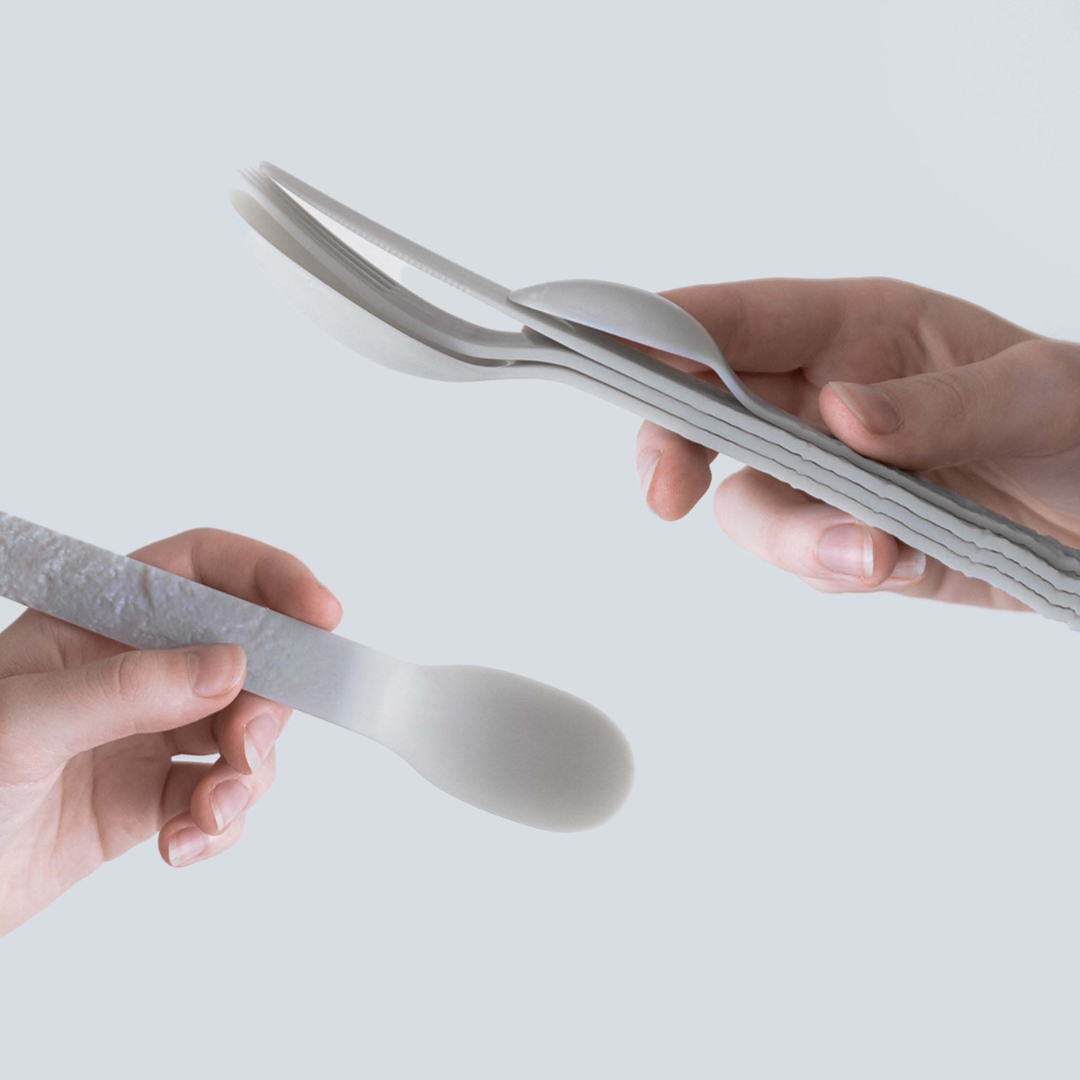
Cutlery TERRA, by Zuzana Kasanová, printed on 3d resin printer
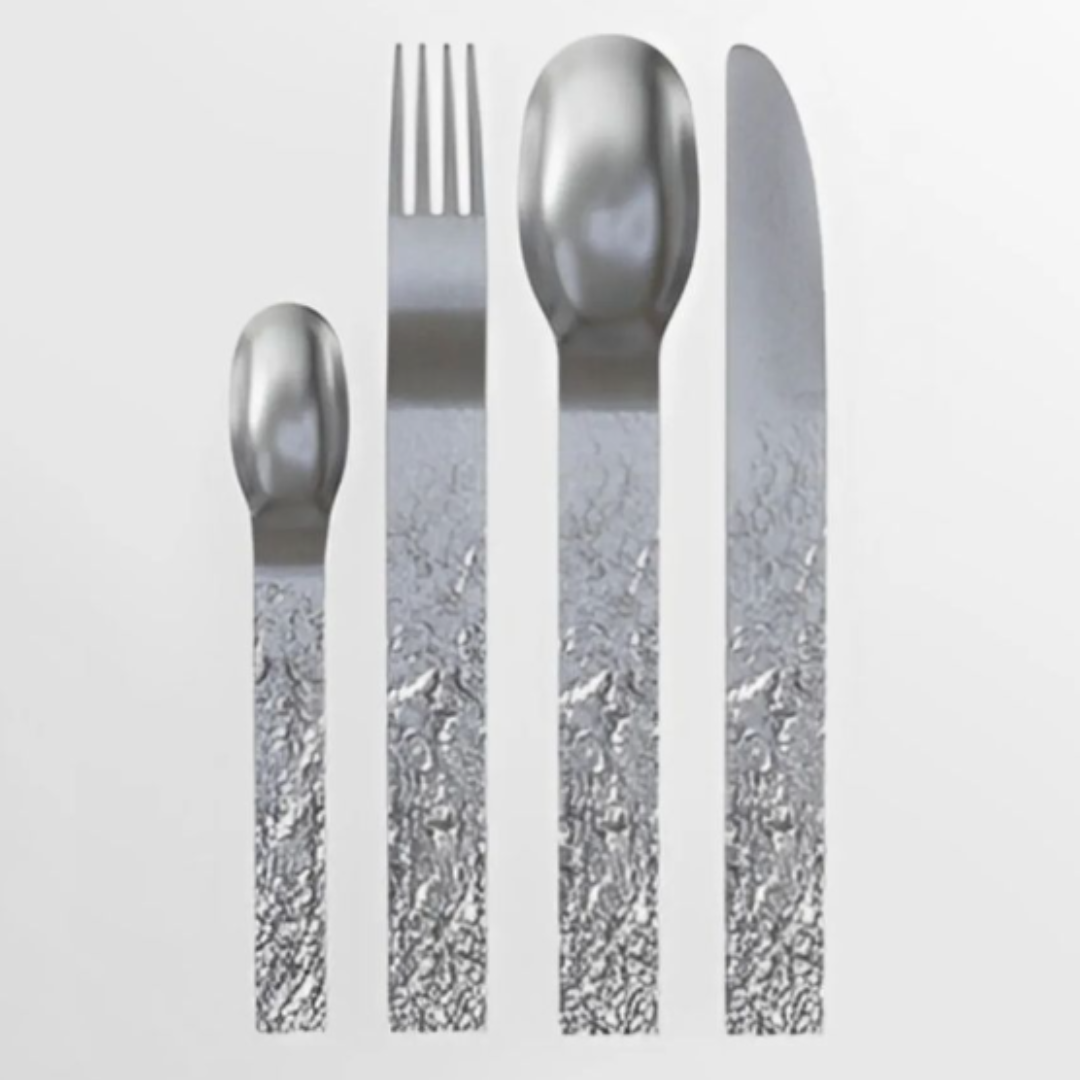
Cutlery TERRA, by Zuzana Kasanová, printed using Printy.me 3d metal printing, with post-processing by Berndorf Sandrik
The BOND cutlery took 2nd place in the KOLABO 2023 competition. 69 projects were nominated for the competition, 63 author collectives. The jury selected 3 winners. Among them was the BOND cutlery by Tomáš Ružinský.
More about the BOND cutlery in the words of the author Tomáš Ružinský:
The Bond cutlery is the result of precise attention to detail. Cooperation with the renowned Berndorf-Sandrik company and the use of advanced 3D metal printing technology allowed us to create a foldable design that carries a high value.
Bond cutlery is more than just a practical tool, it is a work of art. Its exceptional attributes are its foldability and compactness, allowing for easy storage, portability and, most importantly, production. The final model of the cutlery is made using resin 3D printing, which ensures precision and detail.
The plan is also to create a working prototype using metal 3D printing technology with Printy.me, which will bring another level of quality and durability. With this production method, we can print all three parts of the cutlery in a minimal print area. This allows us to mass print in a short time.
The cutlery is designed for gastro businesses or catering.
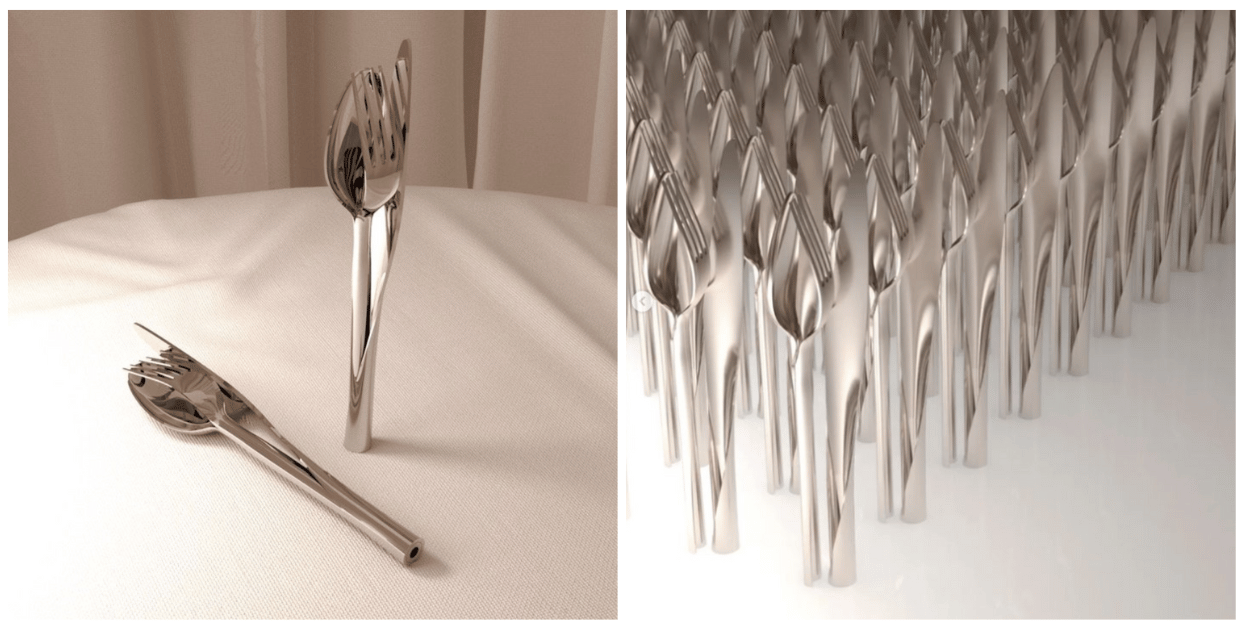
Cutlery BOND, by Tomáš Ružinský, printed using 3d metal printing Printy.me, with post-processing by Berndorf Sandrik
How the project was evaluated by the students themselves
Taken from IG @industrial_design_vsvu
The cooperation with Berndorf-Sandrik offered us many new experiences in both social and technical fields. As students we went from designing, consulting with the company to the subsequent production of a functional design. We were also able to hear the opinion of the owners of the company in person, and that doesn't happen very often. Our work has received a positive response from both the company and the public. We later documented all these feelings in a joint photo with the symbolic title "The Last Supper". It also provided us with an opportunity to say goodbye to our long-time studio head, Assoc. Ferdinand Chrenko, akad. chrenk, a sculptor who worked at VŠVU for more than 30 years. However, his influence and artistic values on us students and on this studio remain. We thank him and say goodbye in style, as it is fitting.
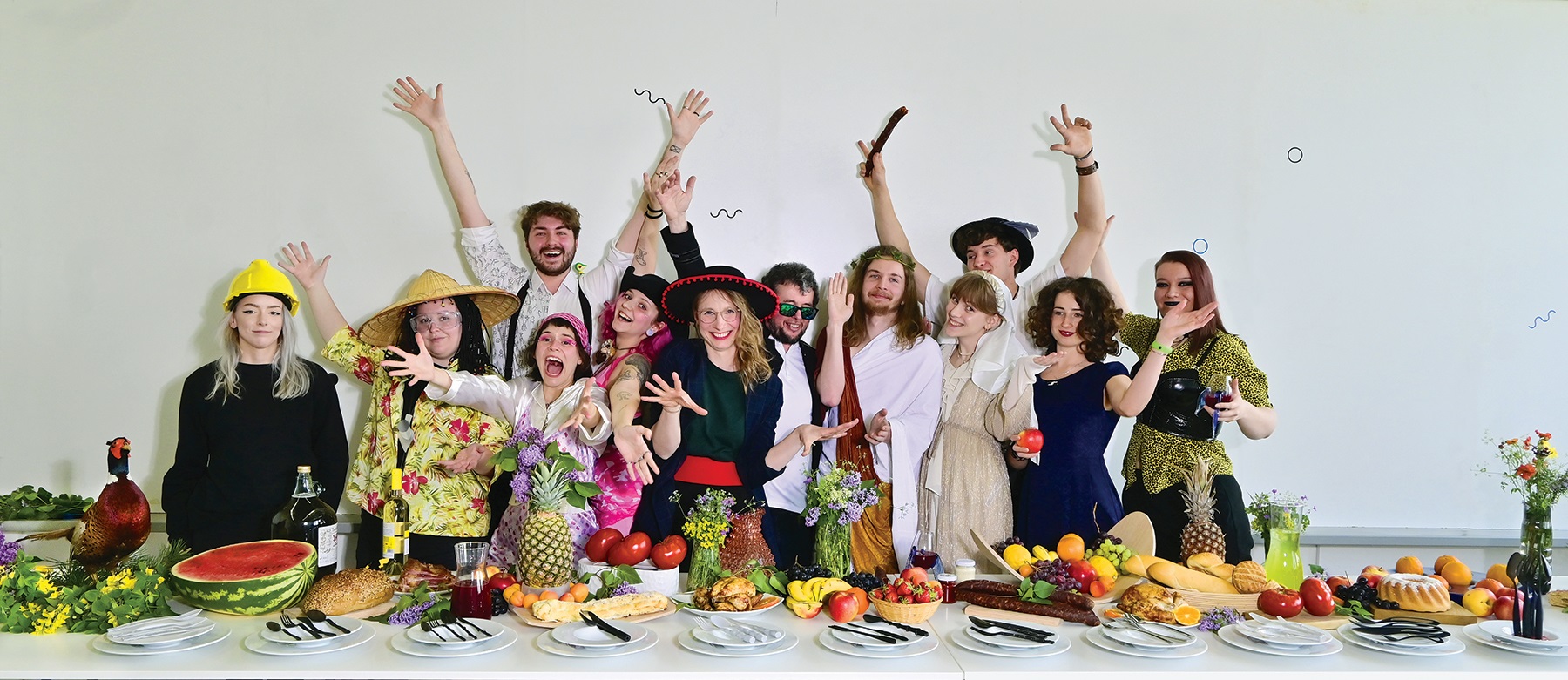
A group photo of the students of the Industrial Design Studio of VŠVU with the caption: "The Last Supper"
How we at Berndorf Sandrik evaluate the project
This collaboration has given us an incredibly positive and inspiring energy. The current generation of students has enormous potential. The students bring new perspectives to ordinary things in a way that is astonishing. The great thing is that all the cutlery is manufacturable and usable in the condition in which the students designed and presented it.
It is this collaboration that has outlined a way of coming up with innovative ideas and differentiating ourselves from the competition. The new innovative method of cutlery production opens its wings and gives room to create bespoke cutlery ranges as desired.
TV JOJ's reportage can be seen below.
Image gallery:
1. Tomáš Ružinský - BOND cutlery
Bond cutlery is more than just a practical tool, it's a work of art. Its exceptional attributes are its foldability and compactness, allowing for easy storage, portability and, most importantly, production. The cutlery is designed for catering and gastronomy.
The BOND cutlery was awarded 2nd place in the KOLABO 2023 design competition.
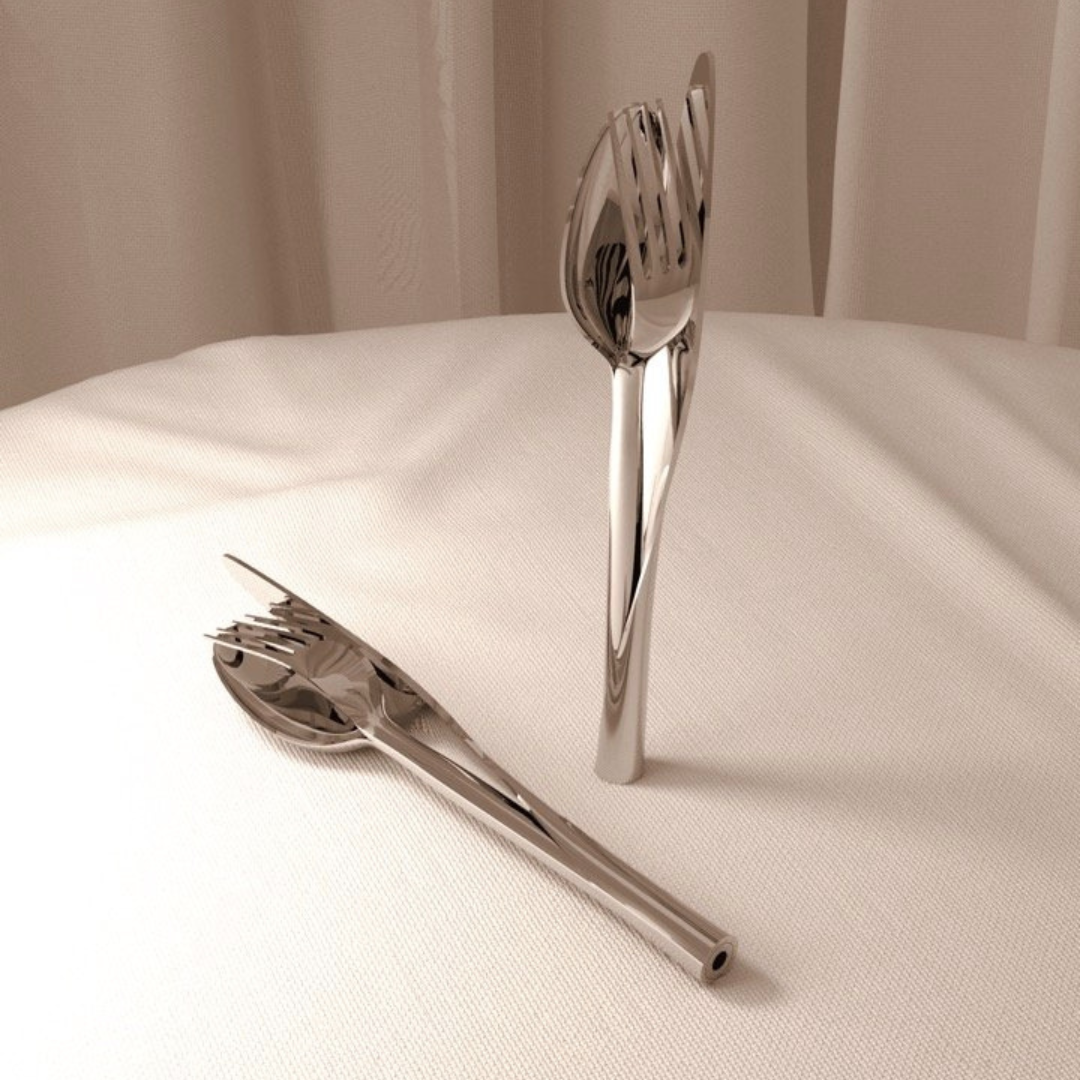
2. Zuzana Kasanová - TERRA cutlery
TERRA cutlery was nominated in the 20th National Design Award 2023. The design brings to the table not only function, but also a haptic and aesthetic experience. Different surface textures, including stone, costumes or plaster buildings are intimately captured thanks to RTI (Reflectance Transformation Imaging). The structure is variable and the individual parts stackable. The cutlery is an object that captures the value of an area or culture. It evokes feelings connected to the environment and the landscape in the user*, contributing to a deeper connection between the person and the values. The model is created using alternate resin printing technology with a high level of detail.
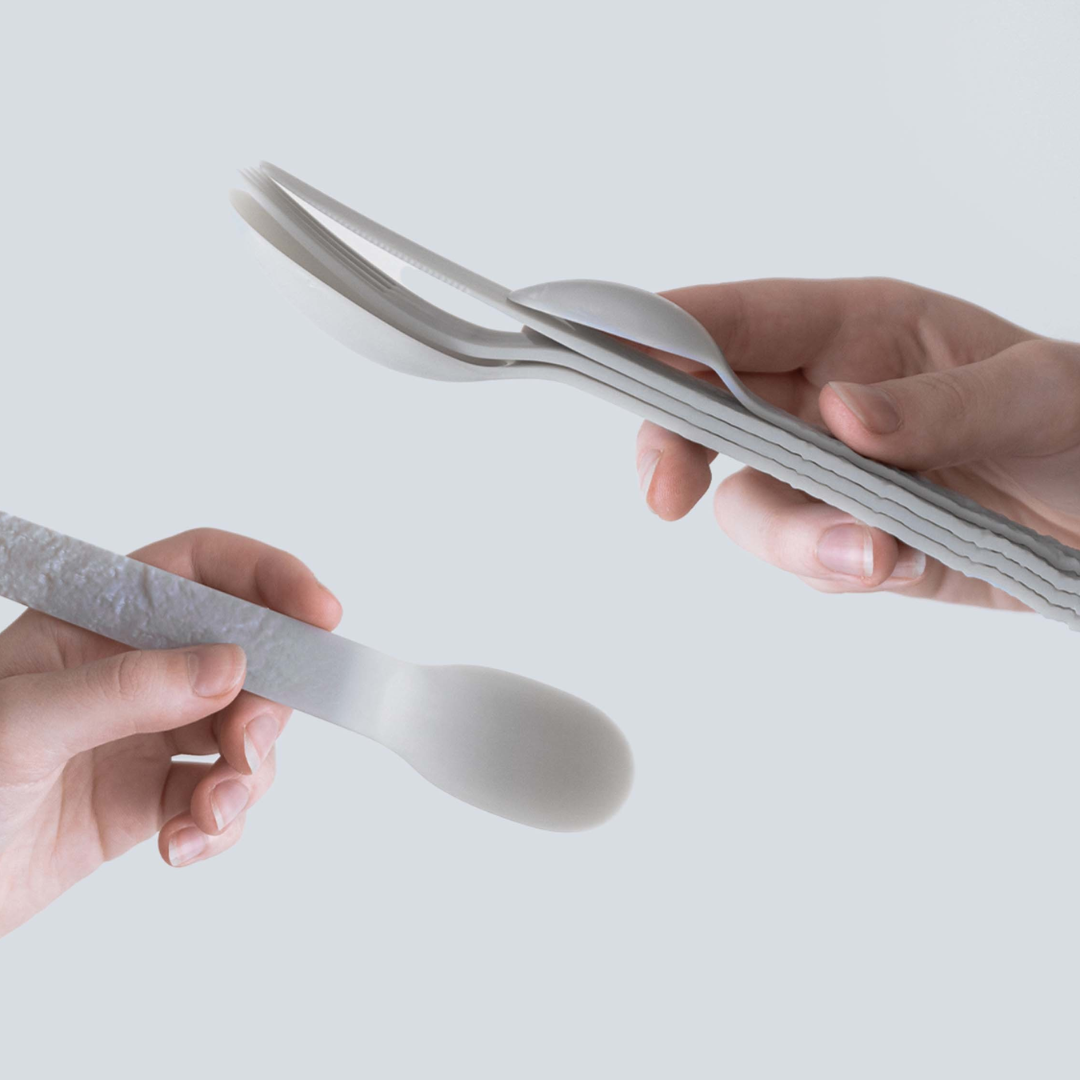
3. Nina Neuhaus - RAST cutlery
The cutlery is based on organic shapes, where each one looks original on its own, but they are united under one concept, RAST. It is more of a decorative element on the table and is designed for catering for different events.
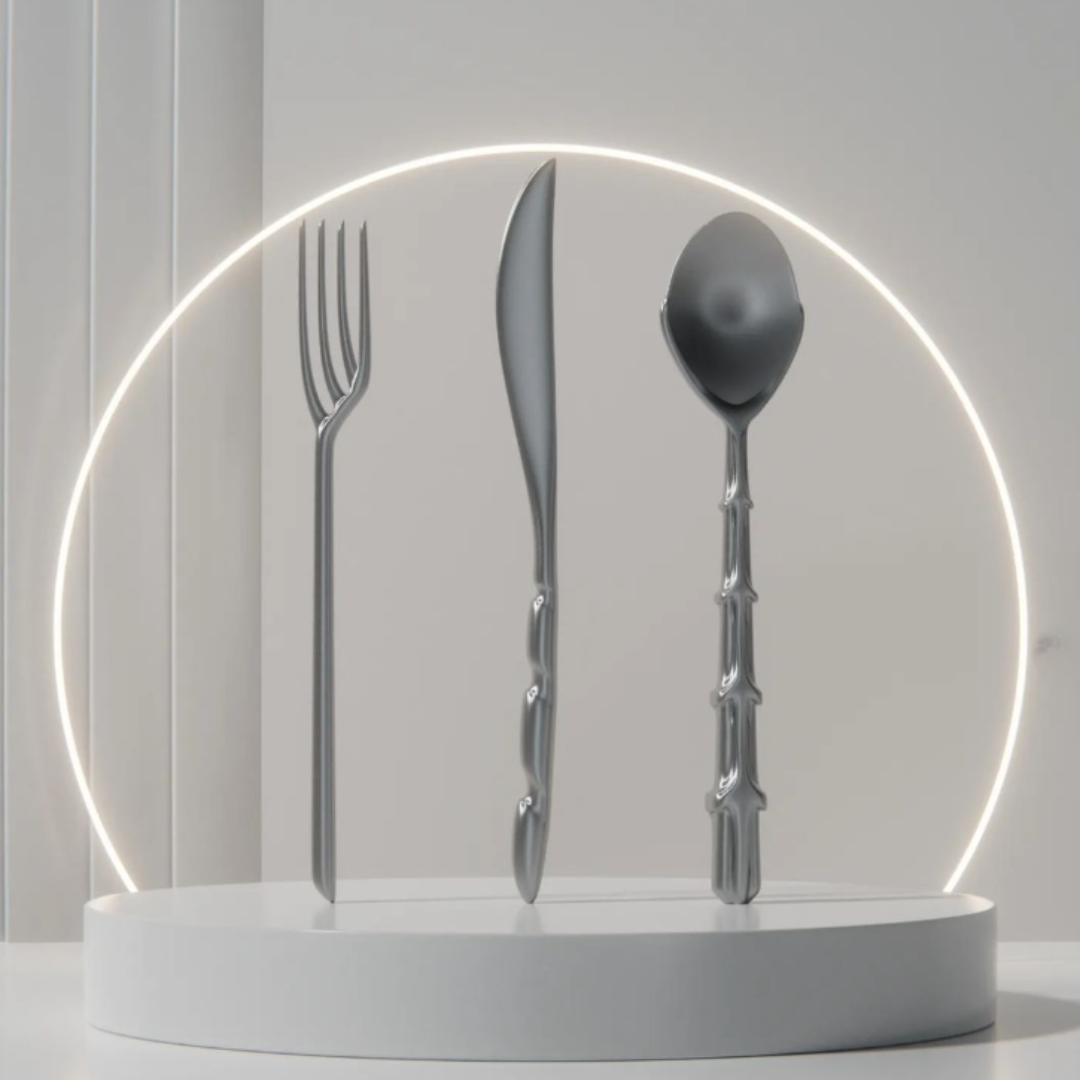
4. Samo Hartiník - FLOW cutlery
FLOW cutlery is an expression of elegance and functionality. The combination of elegant design with precision craftsmanship will elevate any dining experience. FLOW Cutlery embodies the perfect combination of art and practicality, making it the centrepiece of every table.
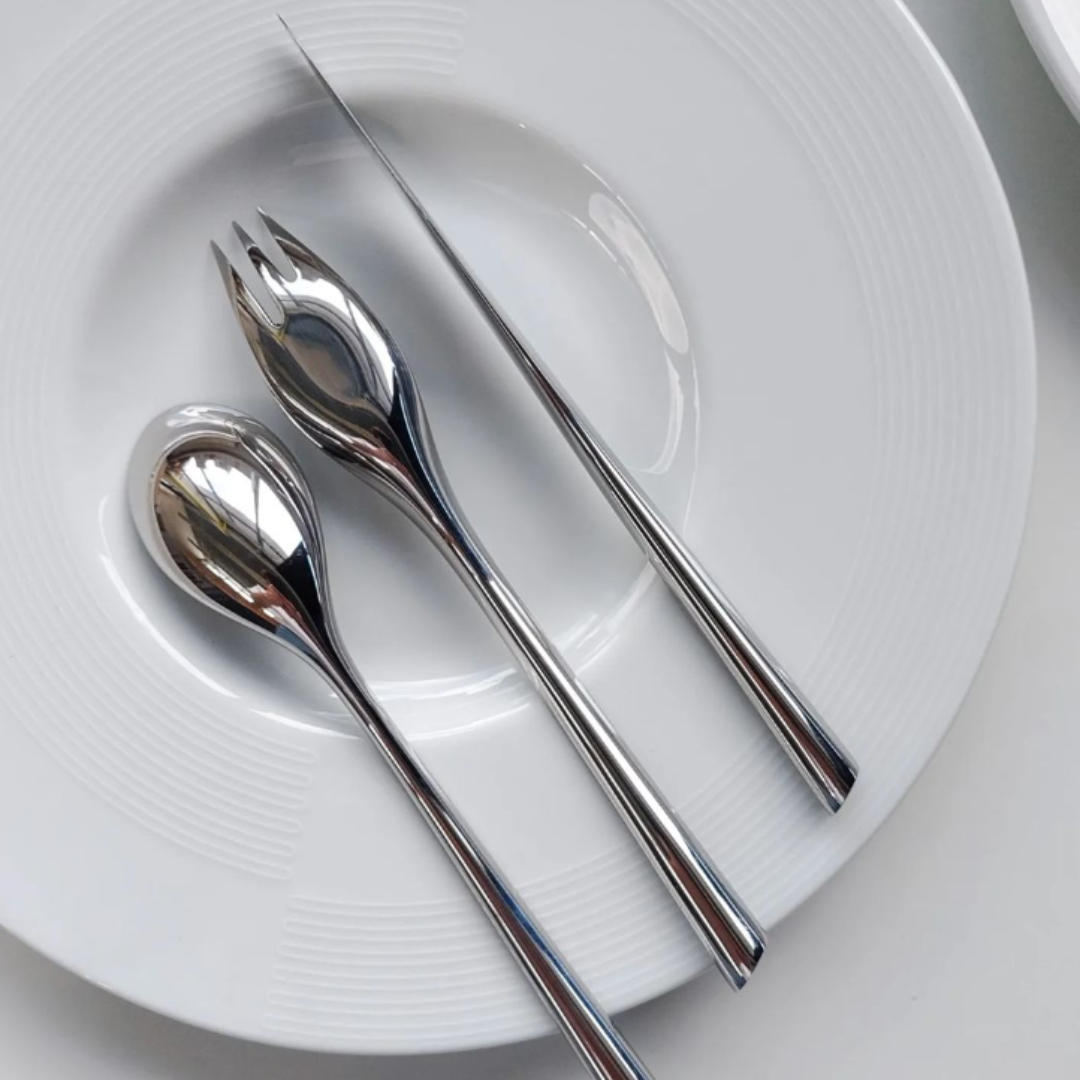
5. Viktória Feherová
It focuses on haptics and a comfortable grip by combining two different materials - metal and silicone - for a new dining experience. The cutlery is variable in colour, material and embossing; it can be filled with silicone that sticks out or it can just be all-metal. As everyone holds cutlery differently, this design allows for a comfortable hold for most users and is also suitable for children or people with poor motor skills/weaker fingers.
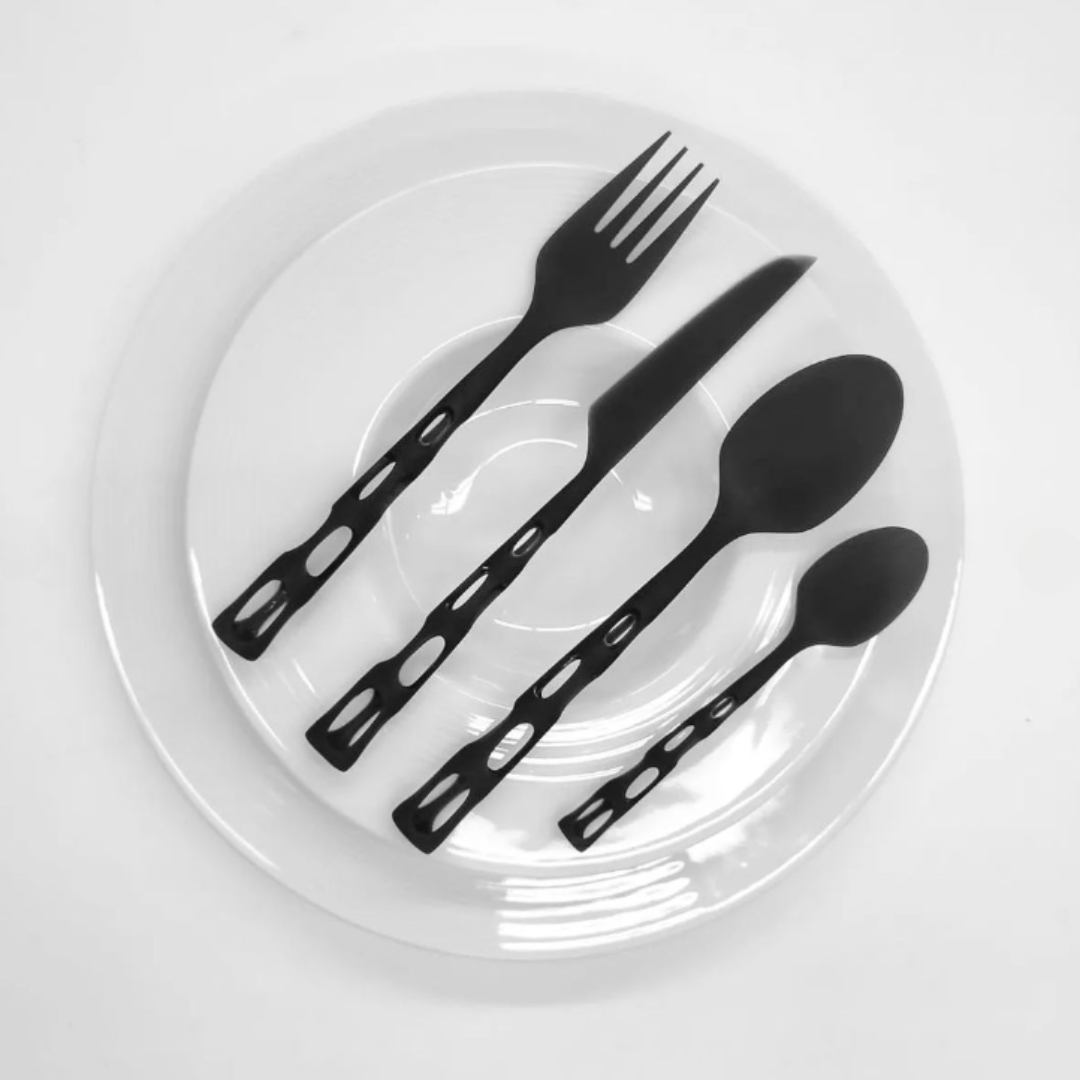
6. Vira Fesenko
3D metal printing technology allows for the creation of various organic forms. My inspiration was flowering tree branches. Ergonomics and usability are very important to me, as well as simplicity and cleanliness of the product.
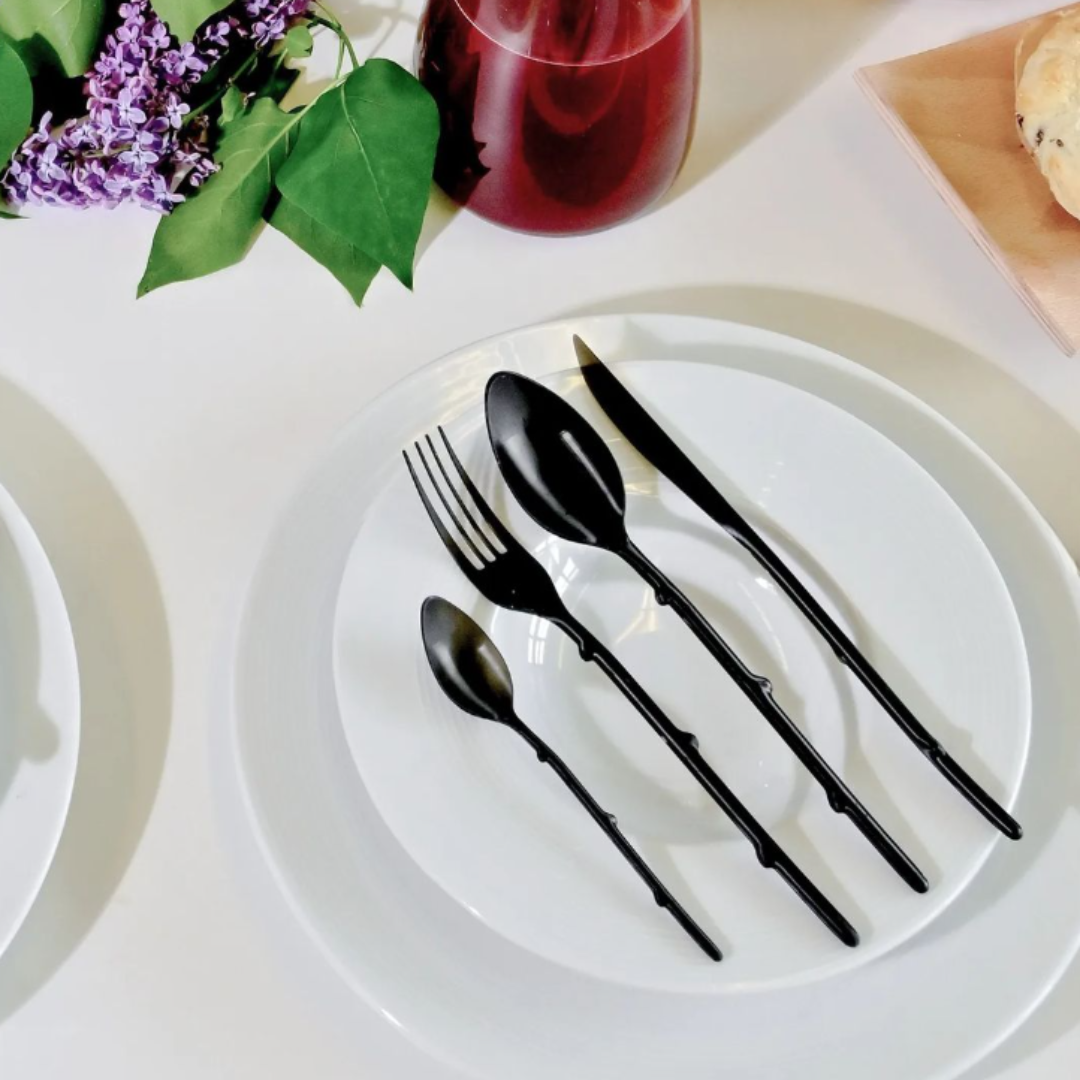
7. Nina Neuhaus
This cutlery is based on a subtle decor that is not distracting. Its decor and construction show beautifully when light hits the surface of the metal. The 3D printing technology allows for different variations of the decor, which adds an element of originality to the collection. No need to make twenty moulds for one spoon, just have twenty 3D models ready to print on your computer.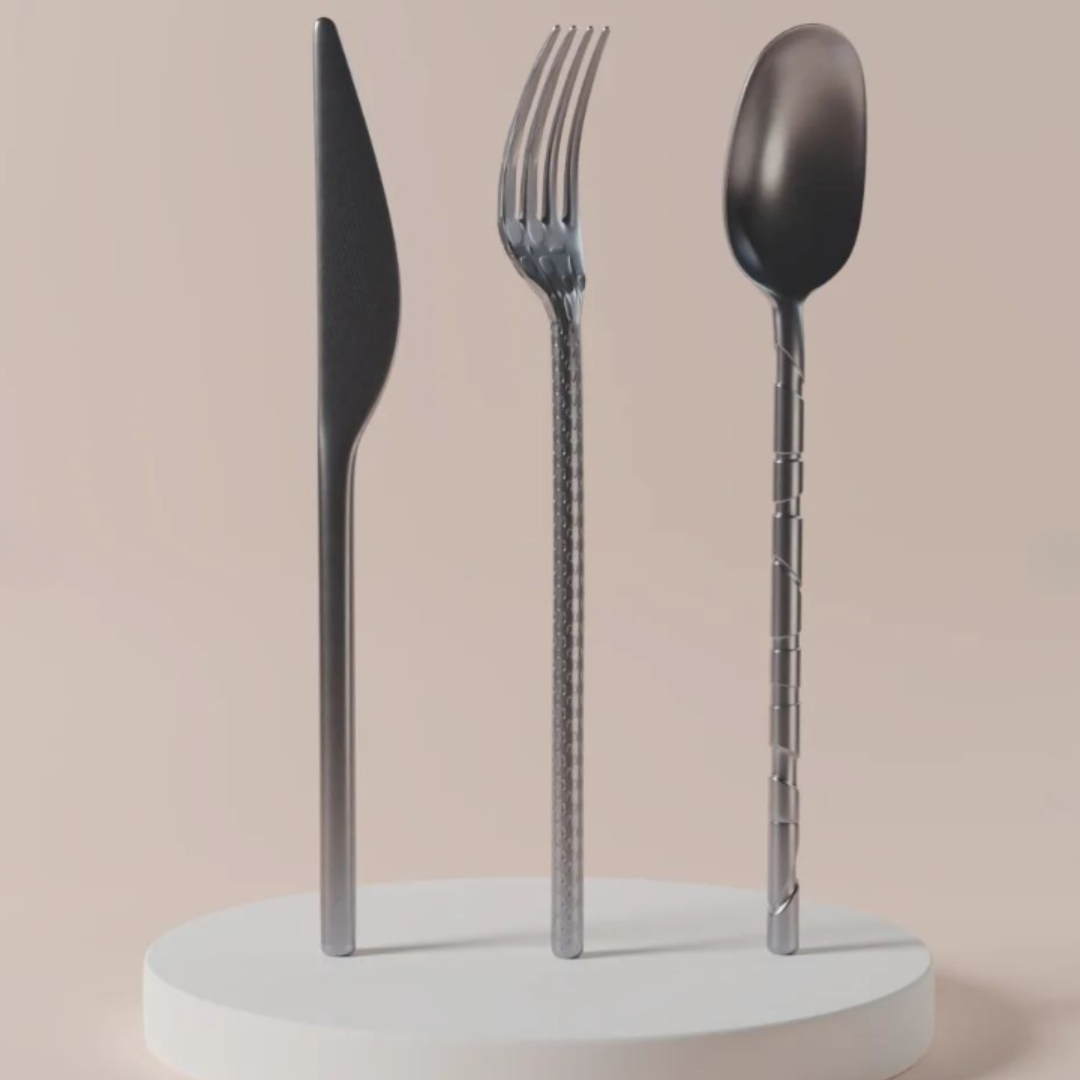
8. Beata Juritková
This cutlery is more of an experiment than a functional design for eating. The handle is made up of "joints" that are pressed together. The joke is that even after printing, the handle can be rotated and moved.
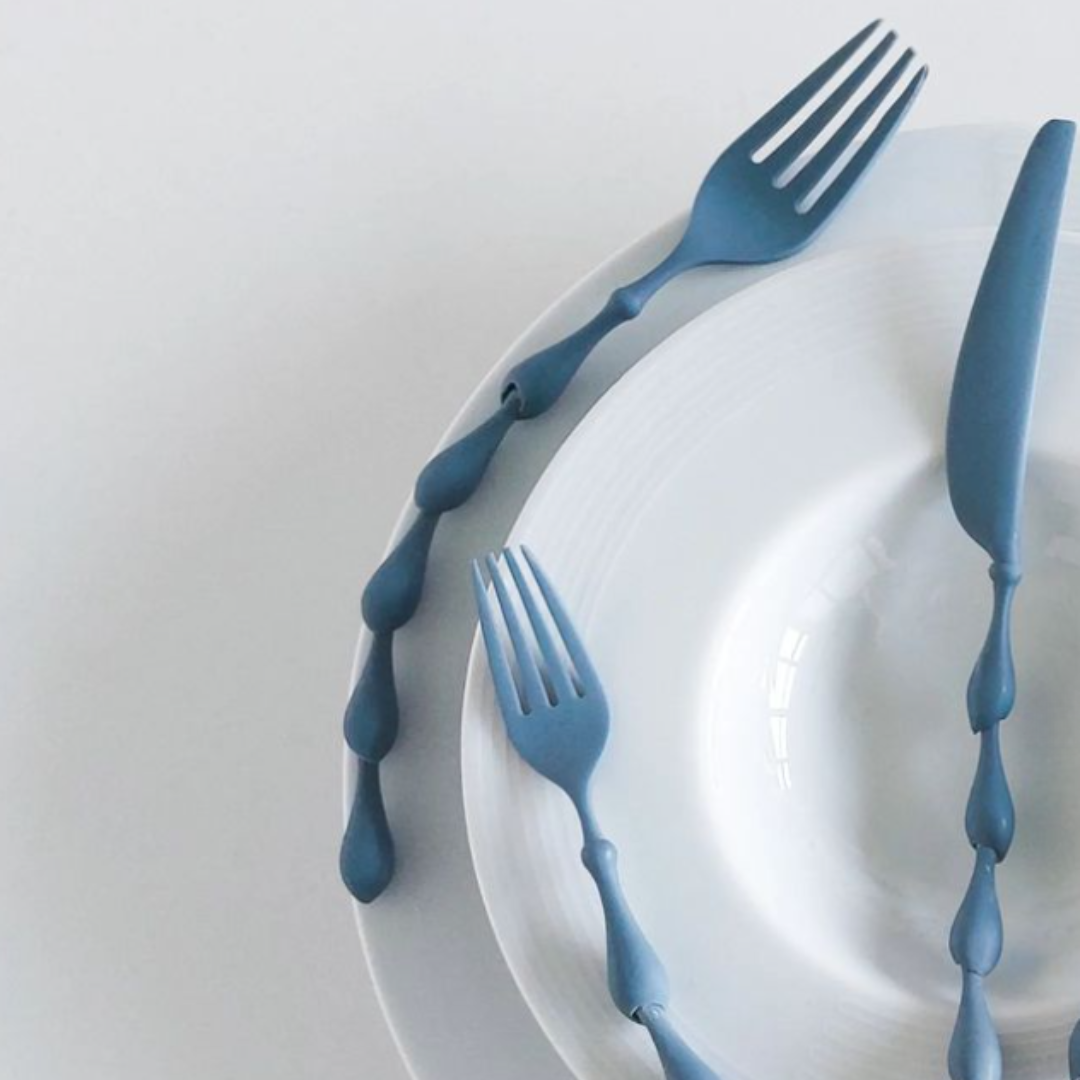
9. Pavol Mazúr
The cutlery is characterised by a specifically shaped handle, which is key to ensuring a comfortable grip according to individual needs. The moulded rise in the centre of the handle and the gentle roll located at the end of the handle contribute to better handling of the cutlery and increase the overall feeling of comfort when holding. These specific shaping elements, together with the use of 3D printed metal, create a unique cutlery that combines aesthetics, functionality and ergonomics.
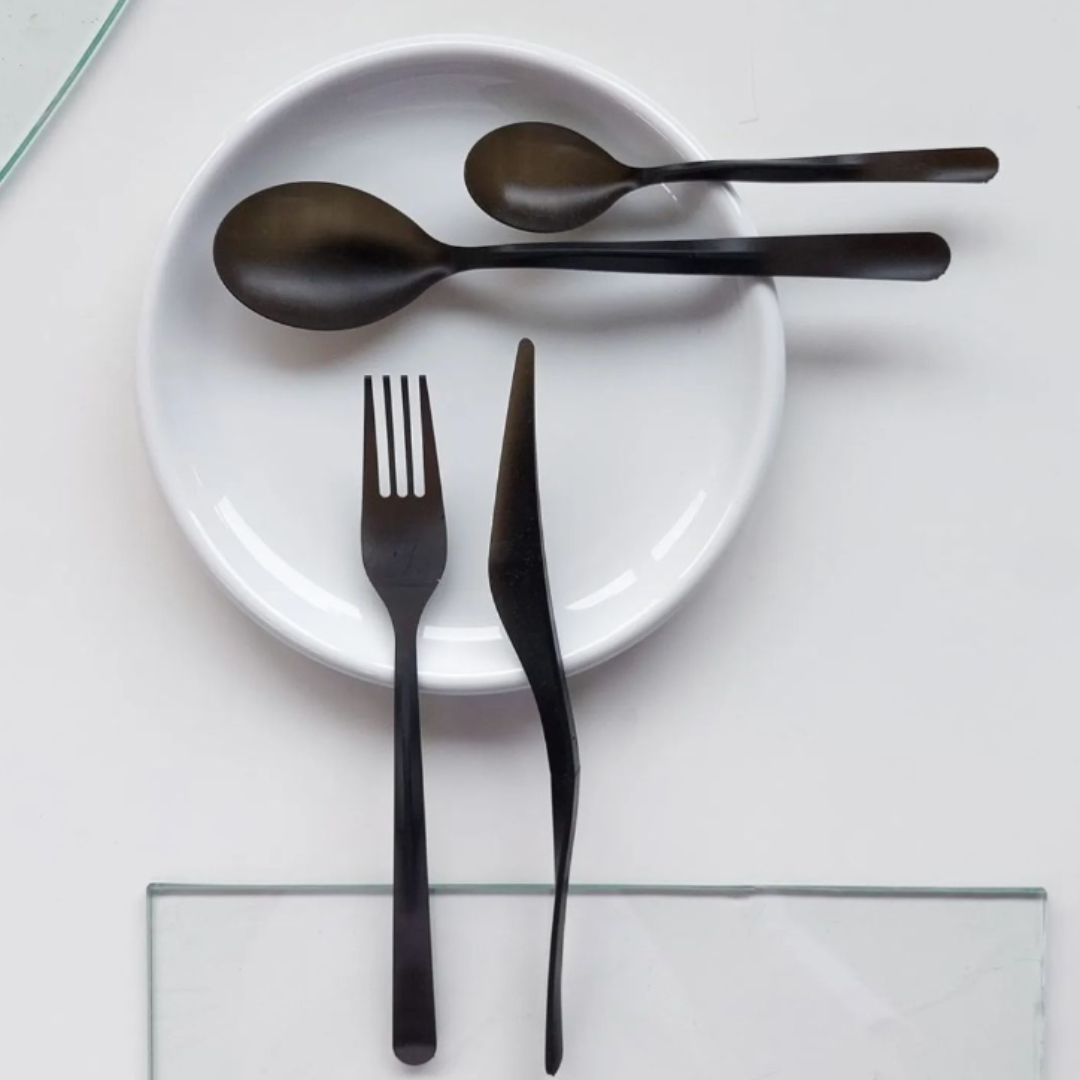
10. Aneta Mintálová
By combining a conventional flat surface with volume, a feeling of lightness of mass was created while maintaining a pleasing all-over ergonomics.
